(updated February 3, 2018)
-
Motel owner Tom Hull opens the western themed Hotel El Rancho Vegas, on evening of April 3, 1941.
-
The El Cortez hotel-casino with its western motif opens to the public at 6:00 p.m. on November 7, 1941.
-
Famed Hollywood restaurant owner Bob Brooks opens south seas themed Nevada Biltmore in Las Vegas June 20, 1942
-
October 30, 1942 the western themed Last Frontier Hotel Casino opened.
The four Las Vegas resorts would stand alone until the end of World War Two.
Today, the only one standing is the El Cortez Hotel-casino and it is on the national register of historic places. https://npgallery.nps.gov/NRHP/AssetDetail?assetID=fef848c8-5040-44ca-9bb5-3d90bb9e3475
The histories of El Cortez, the El Rancho Vegas and the Last Frontier are remembered, in part because of their locations on the Las Vegas strip. (A quick tangent. In recent years, the history of the El Cortez because of its owners progressive thinking by adding the resort to the national register of historic places, has been written about extensively. But there is a lot more to be told, a major change in the social entertainment structure, as well as secret ownership, and we don’t mean Bugsy, that is no secret, nor Meyer, or Sedway, we will just “string” you along on that story.)
Today’s story is about the less known of the four, the Nevada Biltmore. Less known today, in part because of its location on North Main Street in downtown Las Vegas. At the time of its opening it was an important U.S. highway intersection.
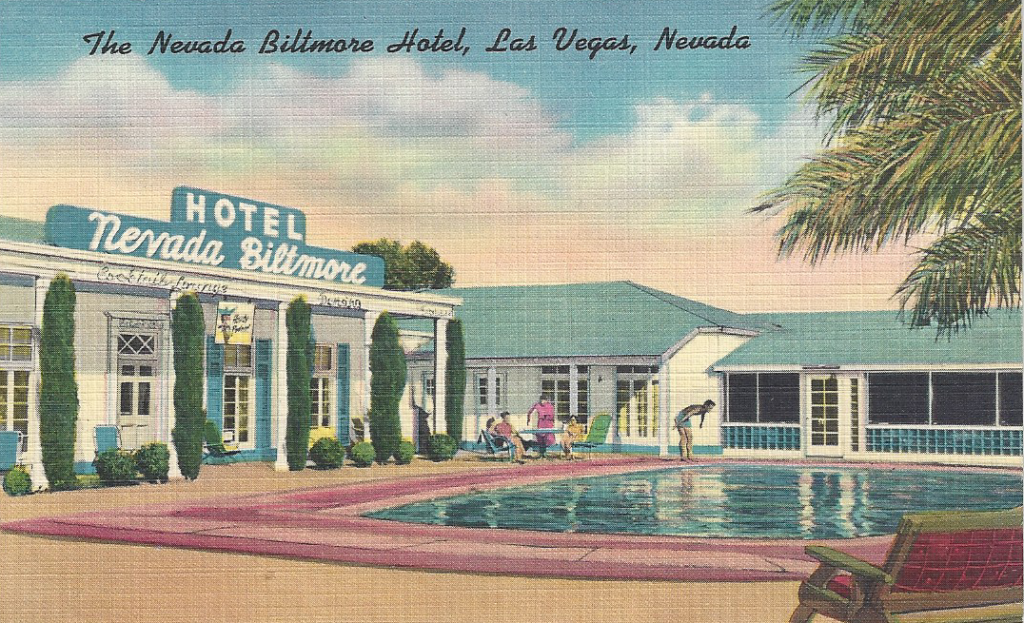
Here is a short, but detailed history, with sources that can be used to expand the history of this unique resort.
The Las Vegas Review Journal carried a story on page six of its June 20, 1942 edition announcing the opening of the Nevada Biltmore Hotel under the caption; “Seven Seas Room to Open This Eve.”
The story read, “The colorful Seven Seas room at the new Nevada Biltmore Hotel will be opened this evening at North Main and Bonanza Road, it was announced today by Bob Brooks, owner.” [i]
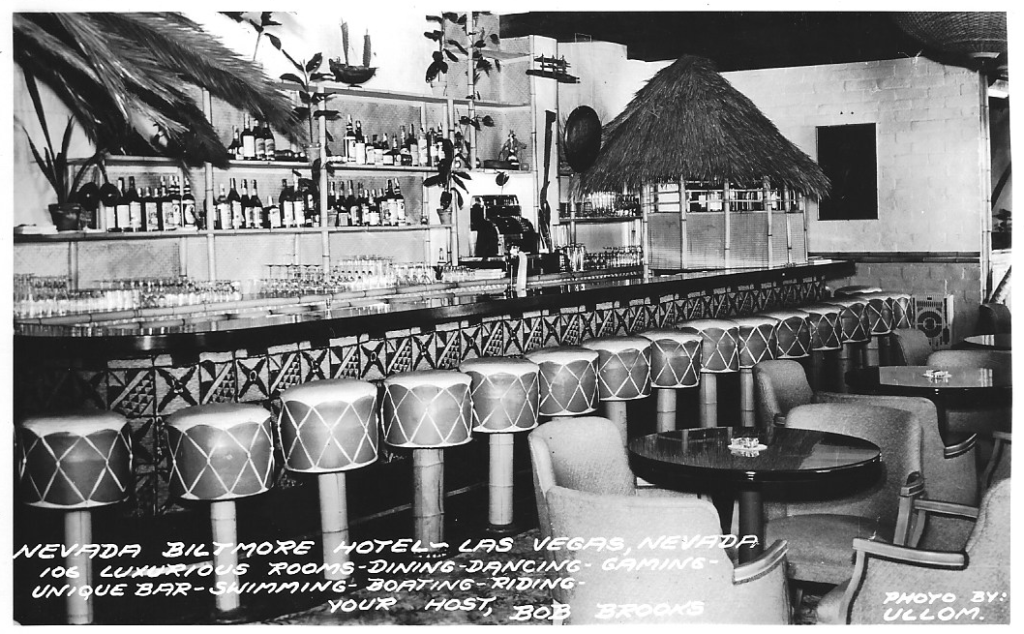
“Brooks” the newspaper story said, was the ” owner of the Somerset House in Beverly Hills and the Seven Seas in Hollywood, revealed that Johnny Bush[ii] will be in charge of the casino, Eddie Bush, famous Hawaiian band leader, will have charge of the music and Al Smith, noted chef from the Somerset House will supervise the preparation of the food.” [iii]
The newspaper story added, “The decorations of the Seven Seas are both unusual and authentic featuring paintings of the exquisite oils from Tahiti on a background of velvet.” [iv]
 The pool was visible from the from the intersection Main and Bonanza Streets, which was also where two U.S. Highways, U.S. 91 and 95 connected. A popular place for locals. As a child, U.S. Senator Richard Bryan learned to swim in this pool.
The pool was visible from the from the intersection Main and Bonanza Streets, which was also where two U.S. Highways, U.S. 91 and 95 connected. A popular place for locals. As a child, U.S. Senator Richard Bryan learned to swim in this pool.
The gaming casinos, cocktail lounge and dining room are all done in South Sea Island motif and one of the interesting decorations is a surf board presented to Brooks by the noted Hawaiian swimmer, Duke Kahanamoku. The board is covered with the autographs of celebrities.” [v]
“The cocktail lounge will specialize in widely known and colorful rum drinks, Brooks’ reports.” [vi]
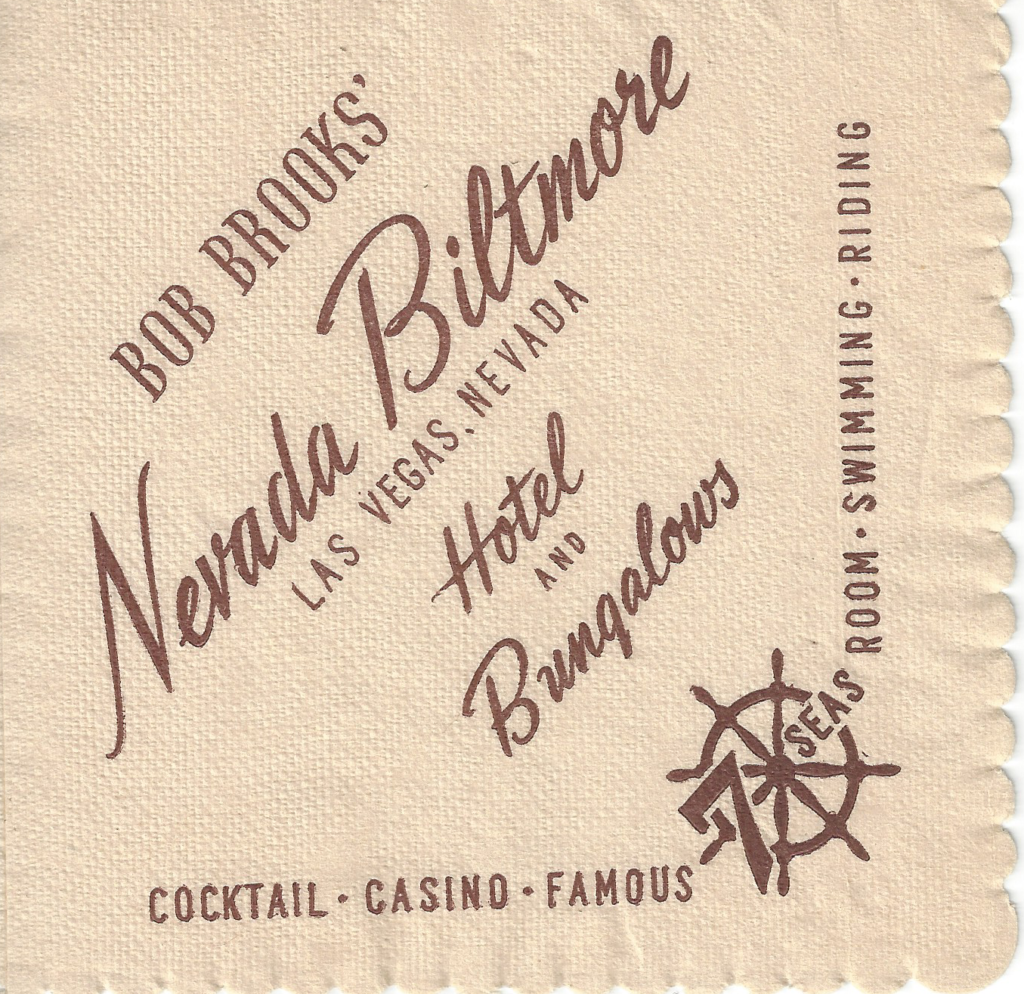
January 1, 1943 Brooks leases Biltmore to Mr. and Mrs. Clarence P. Martin
Less than six months after opening the hotel Bob Brooks leased the operation, with the exception of the casino, to the Martins.
The January 1, 1943 issue of the Las Vegas Review Journal, on page two, published a story with the caption “Nevada Biltmore Leased to Martin.” The story said “The Nevada Biltmore hotel, one of Las Vegas’ newest hostelries, has been leased by the owner, Bob Brooks, to Mr. and Mrs. Clarence P. Martin, recently of southern California, but formerly of Florida it was announced today.” [vii]
“The new mangers took over the entire hotel operation today, except the casino, which will continue to be operated by Brooks, Martin said.” [viii]
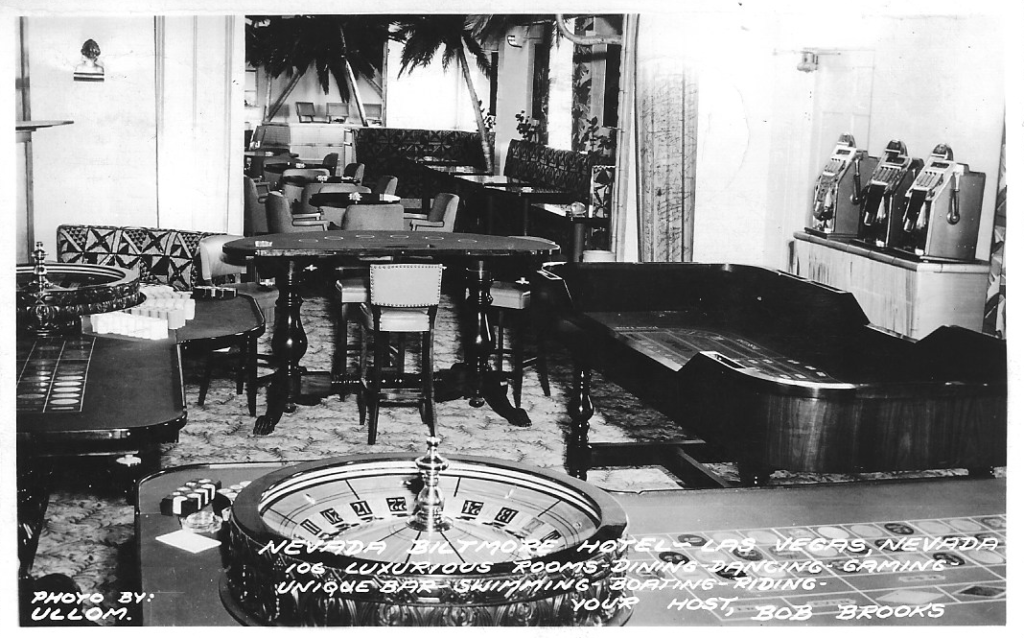
“Special service for Las Vegas residents will be a feature at the hotel under the new management, with emphasis on luncheons, bridge parties, and private entertainment, it was announced. Floor shows will be a regular attraction in the dining room.” [ix]
“Martin, who spent 18 years at sea as chief steward on passenger liners, plans to introduce many specialty dishes which were favorites with world travelers.” [x]
“Mr. and Mrs. Martin for many years operated hotels in Miami Beach, Florida. About one and one half years ago they moved to California and leased the Alessandro hotel in Hemet, California, which had a big success under their management. They sold out after several months ago and purchased the lease on the famous Hotel Casa de Manana in La Jolla, California. Recently they disposed of their holdings there to move to Las Vegas and take over the Nevada Biltmore hotel.” [xi]
May, 1943, Brooks leases property to Del Mar Corporation and it’s President Hernando Courtright.
The Del Mar Corporation, its President Hernando Courtright, signed a five year lease with Brooks for Biltmore in May of 1943 for $31,000.
The “Casino Equipment” inventory included;
“7 Cherry bell Chrome front slot machines. Serial Nos.
458-218-5 cents
460-370-5 cents
458-250-5 cents
448-765-25 cents
468-077-25 cents
468-296-25 cents
448-850-10 cents
“2 21 Tables (Noll & Co.)
1 crap table 9 ½ by 4 ½
1 Roulette table (carved head)
1 Console 4-Bell Machine # P.J.-4141”
1 complete set checks for roulette table,
1 complete set of markers
12 Coral leather upholstered seat and back casino stools.”[xii]
September, 1943 A. L. Leesone listed as “Manager” of Nevada Biltmore Hotel
Another change of hands for the Biltmore operation. A display advertisement in the September 8, 1943 issue of the Las Vegas Evening Review Journal lists “A. L. Leesone, Manager,” of the Nevada Biltmore Hotel. [xiii]
And, Leesone time in management was short.
October, 1943, Brooks announces his “return” to the Biltmore with new “Hotel Managers,” the Kehrlein’s.
Brooks announced in the October 4, 1943 issue of the Las Vegas Evening Review Journal.
The advertisement was “announcing the return of Bob Brooks’ owner of the Nevada Biltmore Hotel.” In addition Brooks also listed Mary and Emil Kehrlein as “Hotel Managers,” and Johnny Hughes as “casino managers.”[xiv]
Brooks takes out display advertisement September 1944 Biltmore “has not been sold and is not for sale.”
Bob Brooks, in a display advertisement in the September 8, 1944 issue of the Las Vegas Review Journal declared;
“NOTICE Contrary to reports, the Nevada Biltmore Hotel has not been sold and is not for sale. No other party or parties have any interest in the business except myself. I am the sole owner and operator. I have always had faith in the future of Las Vegas and I still hold that faith. I like the people of this community and the climate and western hospitality of Southern Nevada. Las Vegas is my home and I pledge to you good people the finest in entertainment, tasty drinks and excellent food amid comfortable surroundings. It will be a pleasure to personally greet you and your friends. BOB BROOKS.”[xv]
A month after taking announcing the resort was not for sale, Brooks solid it.
Brooks sells Nevada Biltmore November, 1944 to G.E. Kinsey
While announcing the resort had “not been sold” Brooks was clearly in discussion to sell the property.
On November 1, 1944 Brooks along with G.E. and Mattie Kinsey filed papers with the county detailing the sale. The sale would not become public for two weeks, on November 14.
Brooks made the announcement to his staff and friends at what was described as a “farewell dinner,” on the evening of Monday, November 13, 1944. [xvi]
The general public got the official word when they picked up their morning newspaper.[xvii]
The cities two newspapers reported the “transaction” involved “properties valued in excess of $600,000.” [xviii]
By the afternoon of November 14, 1944 more details were revealed when W. H. Grunwald, representing the Kinsey’s told reporters, “We intend to make the Nevada Biltmore a real part of the city of Las Vegas. We want to bring it into the city of Las Vegas and make it a place where the people of the community can meet and enjoy wholesome entertainment and good food.” [xix]
Grunwald added, “as soon as the government restrictions are eased so we can get material, we expect to make improvements at the hotel. We intend to have the Nevada Biltmore take its place alongside the other fine establishments which this community well can boast.” [xx]
As part of the deal, Brooks would acquire “the Westchester apartment hotel, a class-A, seven story structure on Pico Street in Los Angeles.” [xxi]
At the time of the sale, George Kinsey was reported to be “quite widely known in Las Vegas, having been a regular visitor to this area since 1940. He became interested in the Las Vegas area though Bill Froelich, Ford dealer of southern California, and Frank Muller, wealthy laundry man of the Los Angeles area, who brought him her firs for a fishing trip on Lake Mead.” [xxii]
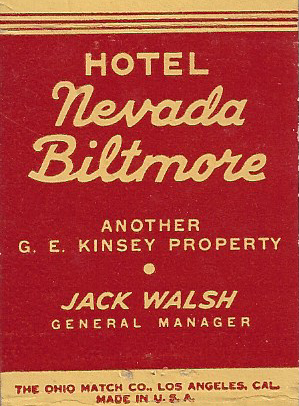
Kinsey retained Jack Walsh to run the Hotel, and Johnny Hughes, to run the gambling side of the Nevada Biltmore. Hughes described in the Kinsey announcement as a “popular casino manager” was first hired by Brooks when he opened the resort in 1942.[xxiii]
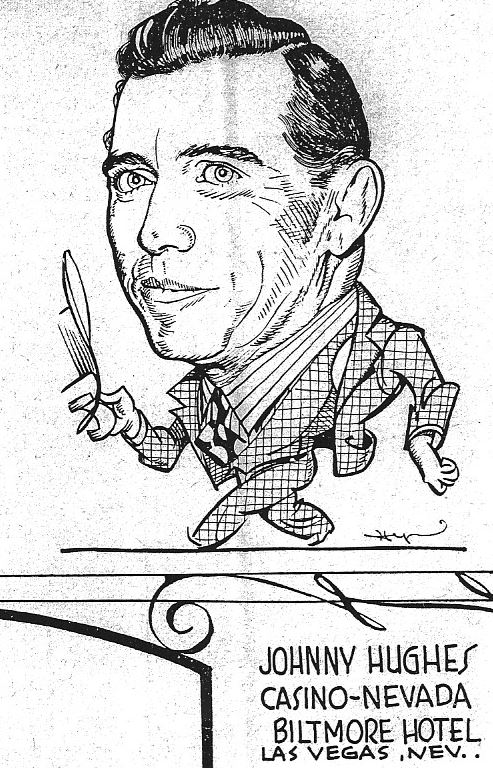
Hughes, seen here in a sketch by well known Reno graphic artist Lew Hymers, would open his own place on U.S. 91, “The Players.”
A review of the casino inventory provides an inside into the scale of the gambling operation.
Based on the casino inventory it appears Kinsey added one 5 cent Bell slot machine, a console 4-bell machine, and put in a large crap table, from a 4 ½ x 9 to a 4 ½ x 12 foot.
The “Casino Equipment” inventory included;
“8 Cherry bell Chrome front slot machines. Serial Nos.
465-863-5 cents
458-218-5 cents
460-370-5 cents
458-250-5 cents
448-765-25 cents
468-077-25 cents
468-296-25 cents
448-850-10 cents
“2 21 Tables (Noll & Co.)
1 crap table 4 ½ x 12’
1 Roulette table (carved head)
1 complete set checks for roulette table, 2 complete sets of markers.
1 Console 4-Bell Machine # P.J.-4141
14 upholstered seat and back casino stools – upholstered in sheepskin fabric.”[xxv]
18 months later, in April of, 1946, Kinsey sells Nevada Biltmore to Horace Heidt, famous band leader.
“Horace Heidt, nationally famous band leader…has purchased the Nevada Biltmore hotel in Las Vegas, it was announced” Sunday, April 28, 1946 “by Thomas Campbell, who represents Kinsey in all Las Vegas operations and who handled the Biltmore deal for him.”[xxvi]
“While the purchase price was not announced, definitely, it is understood that Heidt paid George E. Kinsey, former owner $500,000 for the entire facilities.”

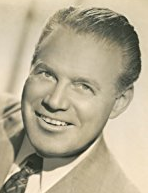
The band leader told the Review Journal “Jack Walsh definitely would remain as manager of the hotel.”
Heidt immediately began looking for investors, as he had little interest in running the property.
December, 1946, Heidt Sells half Interest in Biltmore and Jack Walsh returns as General Manager of the Biltmore, Heidt reveals change in casino operation.
Horace Heidt, owner of the Nevada Biltmore hotel, announced the week of December 19, 1946 that he had sold a half interest in the hotel to Jules Le Baron, described at the time as the son of William LeBaron, French film director working in Hollywood.[xxvii]
Heidt said he made the change because he was getting his band back together for a featured spot on a radio broadcast in 1947. [xxviii]
Heidt said at the time that he would return to Las Vegas on a regular basis to assist in the operation of the hotel. [xxix]
Heidt announced on December 19, 1946, “Jack Walsh, prominent Las Vegas hotel man, has been hired as manager of the Nevada Biltmore and will return to the duties he had earlier this year at the hotel. Walsh recently returned from Del Mar, California, where he operated the famous hostelry there.”[xxx]
Heidt also announced “Earl Jones will continue as casino manager and Joe Devereaux will be in charge of the bar as in the past, Heidt said.” [xxxi]
That quickly changed Heidt cuts deal with national known east coast nightclub operator, Frank Barbaro.
On February 5, 1947, Ralph Stoughton and Frank Barbaro signed a one year lease to operate the hotel.
The name of the entertainment area of the resort would be changed to the “Bowery-Biltmore” to reflect Barbaro’s plans for the business. [i]
Barbaro, a Detroit nightclub owner, was in Las Vegas to get a divorce. [ii]
 He billed himself as “known from coast to coast” and “your host from coast to coast.”
He billed himself as “known from coast to coast” and “your host from coast to coast.”
Barbaro said met Stoughton who came up with the idea of the two of them forming a partnership to take over the Nevada Biltmore. [iii]
Barbaro began advertising the resort as “Frank Barbaro’s Bowery.” The Biltmore Bowery opened on April 30, 1947 with Martha Raye.[iv]
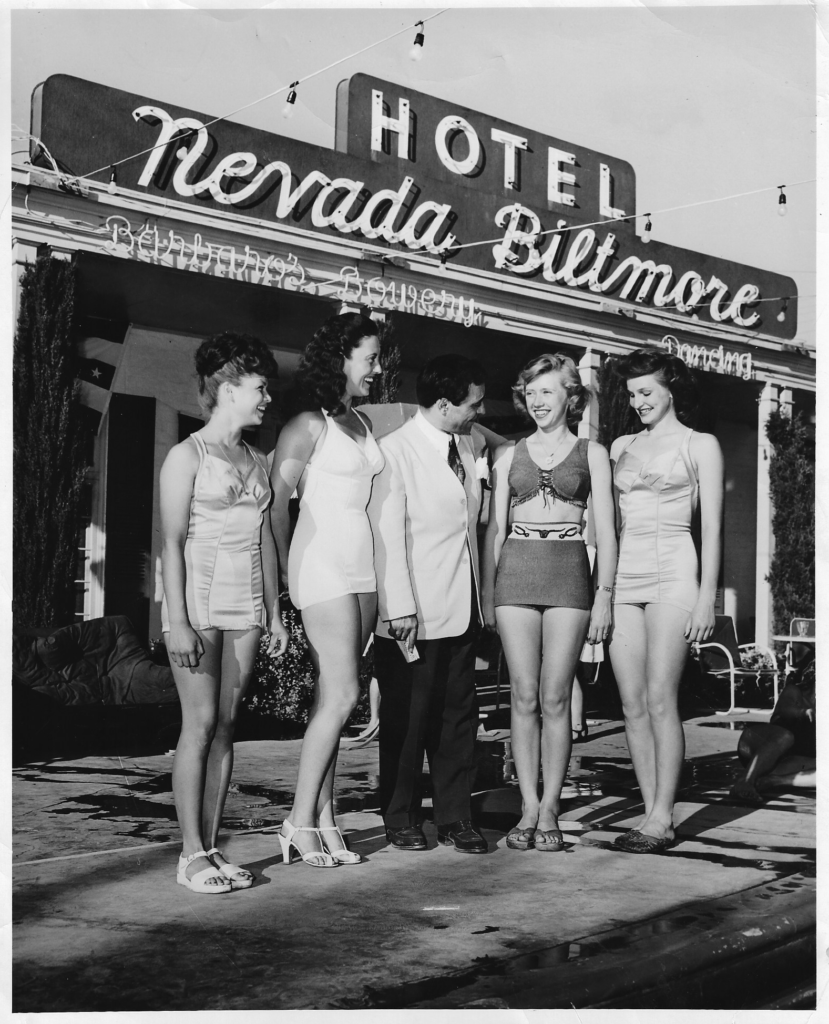
As far as Barbaro got with his name change is seen in this publicity shot with Barbaro in the middle, and just above his head is the neon script letter “Barbaros Bowery.”

Barbaro take over made the national enternament news outlets. From “Hollywood Nite-Life” April 25, 1947, page 12, a column “Las Vegas Life” by Melba Arnold.
“Personality of the week-Frank Barbaro, affable owner of the Nevada Biltmore, has the fun-lovers jamming his night spot despite the fact that he is in the process of drastically remodeling the famous dining room. Guests purr happily surrounded by stripped walls and raw ceilings while enjoying the sparling wit of Ben Blue and his Hollywood Revue. The grand opening of the Bowery Room is slated for 30th of this month with Martha Raye in charge of the merrymaking.”
Page 15 of the same issue has a photograph of Barbaro with the caption, “Frank Barbaro. Thar’s a handsome cowhard in that thar Las Vegas these days by the tag of Frank Barbaro. He hails from the fair city of Detroit where he was lord and master of the swank Bowery Café. Mr. Barbaro recently purchased the Nevada Biltmore and immediately began doing things in a large way, namely throwing $50,000 into revamping the hotel’s boite which he will name the Bowery Café, natch.”
“Frank has appointed a well-known and much-liked gent by the name of Jack Walsh to manage his beautiful bistro. Mr. Walsh began his duties duly by announcing the Bowery would purvey nothing but big time talent inside its portals, and to prove this he signed Ben Blue, who is now taking bows in the Bowery. Next on the list of big acts is Martha Raye who starts April 30th. Leo Carrillo with the Ben Yost Troupe makes their entry May 14th. Mr. Barbaro also signed Jack Ponds, a very talented MC and comic as a regular at his sipping heaven.”
In May of 1947 Barbaro filed for divorce in Las Vegas. His wife and children were living in Detroit. [v]
The decree, granted by Judge A. S. Henderson, “transferred title to his million dollar” Bowery Club in Detroit to his wife and “gave her the expensive home and furnishing.” [vi]
Barbaro’s national press did little to change the direction the Biltmore was headed. That change lasted for a few months.
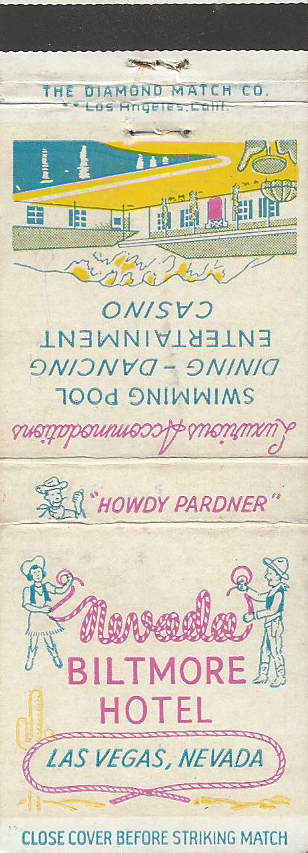
In its future were two more efforts to keep the resort alive. The first step was in early 1949 provide service for the African American community, locals and tourists, who were without access to any of the major resorts.
The Las Vegas Review Journal reported on July 19, 1949, “the ill-fated operation of the Nevada Biltmore hotel as a colored resort for the past five weeks ended abruptly today, as the place was ordered closed by Homer W. Snowden, a stockholder of the Texas-Nevada corporation, which has attempted to operate the hostelry since May 1” 1949.[xxxii]
A full story on the short, but historic integration of the Nevada Biltmore will be featured on this site.
Biltmore Closed by Snowden July 19, 1949 To open under new name and as a motel
A public announcement was made, “Negotiations were underway between the former owners of the Biltmore, Louis Wiener, Jr., Mahlon Brown, James Still and Carl Amante and band leader Horace Heidt, to reopen the place as a deluxe motel.” [xxxiii]
“Weiner said if he and his partners again take over the Biltmore, the name will be changed and its operation as a hotel will cease in favor of a motel venture. He reasoned that as the biggest motel in Las Vegas and the only one with a swimming pool, the operation would stand an excellent chance of running successfully.” [xxxiv]
It was revealed that Heidt still holds a $180,000 mortgage on the Biltmore and “does not want to operate the hotel and is instead only in a deal which will get his money out of it.” [xxxv]

Gambler, Carl Amante said “we want to make this the most unique motel in Las Vegas.”[xxxvi]
Heidt once again had direct control of the property.
One of Amante’s partners, Wiener, said he was talking with Heidt and the band leader is “coopering with us 100 percent.” [xxxvii]
The deal with Wiener and Amante’s group did not work out.
A new set of owners, and this time a name change which did not provide luck to anyone involved.
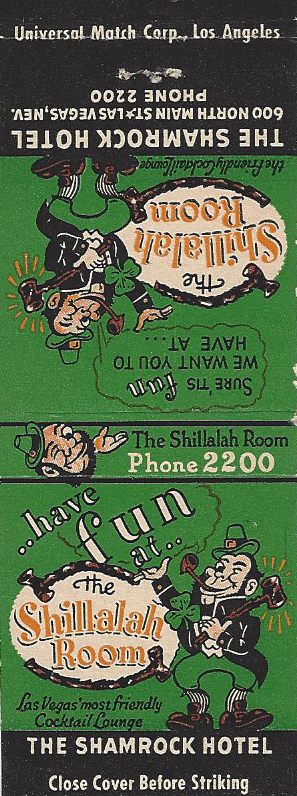
In 1948 Clem Malone, who had come to Nevada to work on the construction of Hoover Dam,ran for the Clark County Commission.
According to the Clark County Government’s official web site, Malone “easily won a seat on the commission in that election.”
The next year, 1949, Malone and others took over the Nevada Biltmore and changed the name to the Shamrock Hotel. Malone and his partners operated it for a number of years.
Shortly after aquiring the Bilmore, Malone contacted the same Massahcutres post card company that created the pool side view, to update the title of the resort.

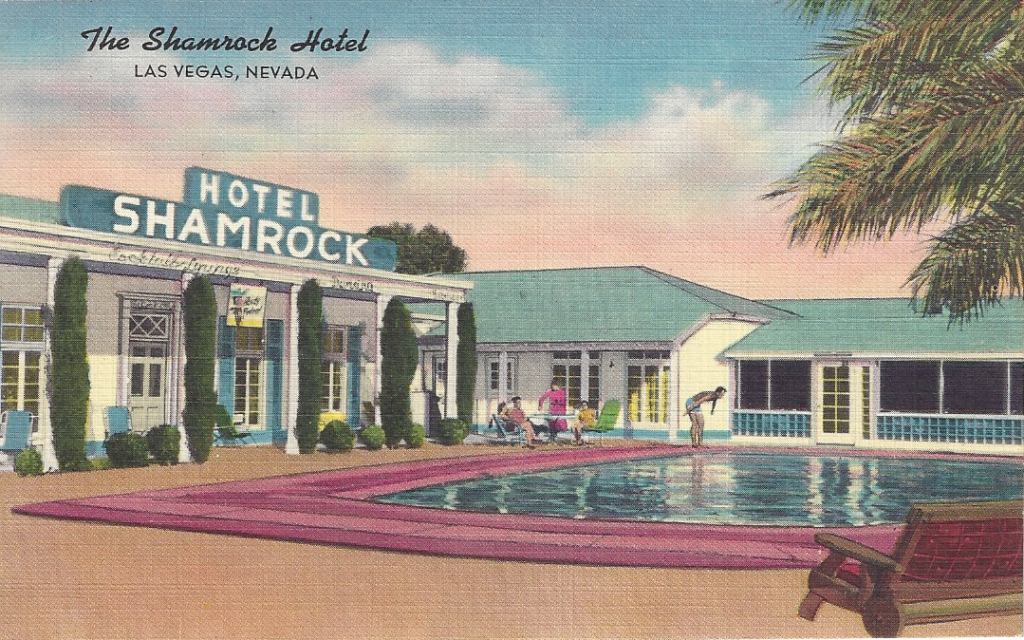
The name change did not allow Malone to see the evil spirits that were in his future. Like the hotel, Malone’s political career was filled with trouble.
Again, from the official Clark County government web site, “Malone’s time on the commission was filled with contention. In 1950, he was charged with soliciting bribes from George Crockett at the airport. Malone claimed that James Cashman, Frank Gusewelle, and A.E. Cahlan were setting him up.”[vii]
In 1950, Malone filed to run for governor. He lost his bid in the primary, and then lost his county commission seat in May of 1951.
Losing is stake in the Shamrock, Malone filed bankruptcy in 1954.
The hotel would eventually become the Shamrock Furniture store.
Today a lone palm tree marks the spot of one of the “swank” hotels of Las Vegas in the 1940’s.
The Biltmore’s original builder Bob Brooks would take the money for the sale of the resort and begin buying property on what would become the Las Vegas Strip.
He and Moe Dalitz would soon become close friends.
[i] “Seven Seas Room To Open This Eve,” June 20, 1942, Las Vegas Evening Review Journal, page six.
[ii] Note the newspaper story said that Brooks said that Johnny Bush would be in charge of the casino. The display advertisement in the same issue of the newspaper named the casino boss as Johnny Hughes, a well-known local gaming figure.
[iii] “Seven Seas Room To Open This Eve,” June 20, 1942, Las Vegas Evening Review Journal, page six.
[iv] “Seven Seas Room To Open This Eve,” June 20, 1942, Las Vegas Evening Review Journal, page six.
[v] “Seven Seas Room To Open This Eve,” June 20, 1942, Las Vegas Evening Review Journal, page six.
[vi] “Seven Seas Room To Open This Eve,” June 20, 1942, Las Vegas Evening Review Journal, page six.
[vii] “Nevada Biltmore Leased to Martin,” January 1, 1943, Las Vegas Evening Review Journal, page two.
[viii] “Nevada Biltmore Leased to Martin,” January 1, 1943, Las Vegas Evening Review Journal, page two.
[ix] “Nevada Biltmore Leased to Martin,” January 1, 1943, Las Vegas Evening Review Journal, page two.
[x] “Nevada Biltmore Leased to Martin,” January 1, 1943, Las Vegas Evening Review Journal, page two.
[xi] “Nevada Biltmore Leased to Martin,” January 1, 1943, Las Vegas Evening Review Journal, page two.
[xii] Clark County Miscellaneous Book 19, May 20, 1943, Nevada Biltmore, pages 408-422.
[xiii] Display advertisement, Nevada Biltmore, September 8, 1943, Las Vegas Evening Review Journal, page three.
[xiv] Display advertisement, Nevada Biltmore, October 4, 1943, Las Vegas Evening Review Journal, page five.
[xv] Display advertisement, Bob Brooks, September 8, 1944, Las Vegas Evening Review Journal, page eight.
[xvi] “Nevada Biltmore Owner Plans Big Development,” November 14, 1944, Las Vegas Evening Review Journal, page three.
[xvii] “Nevada Biltmore Sold,” November 14, 1944, Las Vegas Morning Tribune, page one, “Nevada Biltmore Owner Plans Big Development,” November 14, 1944, Las Vegas Evening Review Journal, page three
[xviii] “Nevada Biltmore Sold,” November 14, 1944, Las Vegas Morning Tribune, page one.
[xix] “Nevada Biltmore Owner Plans Big Development,” November 14, 1944, Las Vegas Evening Review Journal, page three.
[xx] “Nevada Biltmore Owner Plans Big Development,” November 14, 1944, Las Vegas Evening Review Journal, page three.
[xxi] “Nevada Biltmore Owner Plans Big Development,” November 14, 1944, Las Vegas Evening Review Journal, page three.
[xxii] “Nevada Biltmore Owner Plans Big Development,” November 14, 1944, Las Vegas Evening Review Journal, page three.
[xxiii] “Biltmore Plans big Expansion,” November 18, 1944, Las Vegas Evening Review Journal, page three.
[xxiv] “Biltmore Plans big Expansion,” November 18, 1944, Las Vegas Evening Review Journal, page three.
[xxv] Clark County Miscellaneous Book 21, November 1, 1944, Biltmore Hotel, pages 261-267.
[xxvi] “Purchases Biltmore,” April 29, 1946, Las Vegas Evening Review Journal, page one.
[xxvii] “Heidt Sells Half Interest in Biltmore,” December 19, 1946, Las Vegas Evening Review Journal, page fifteen.
[xxviii] “Heidt Sells Half Interest in Biltmore,” December 19, 1946, Las Vegas Evening Review Journal, page fifteen.
[xxix] “Heidt Sells Half Interest in Biltmore,” December 19, 1946, Las Vegas Evening Review Journal, page fifteen.
[xxx] “Heidt Sells Half Interest in Biltmore,” December 19, 1946, Las Vegas Evening Review Journal, page fifteen.
[xxxi] “Heidt Sells Half Interest in Biltmore,” December 19, 1946, Las Vegas Evening Review Journal, page fifteen.
[xxxii] “Biltmore closed by Snowden; change to motel is looming,” July 19, 1949, Las Vegas Review Journal, page two.
[xxxiii] “Biltmore closed by Snowden; change to motel is looming,” July 19, 1949, Las Vegas Review Journal, page two.
[xxxiv] “Biltmore closed by Snowden; change to motel is looming,” July 19, 1949, Las Vegas Review Journal, page two.
[xxxv] “Biltmore closed by Snowden; change to motel is looming,” July 19, 1949, Las Vegas Review Journal, page two.
[xxxvi] “Biltmore Hotel to Blossom with new glamor and name,” July 27, 2919, Las Vegas review Journal, page
[xxxvii] “Biltmore Hotel to Blossom with new glamor and name,” July 27, 2919, Las Vegas review Journal, page
Second set of footnotes with the addition of the Barbaro saga.
[i] “Frank Barbaro takes over Nevada Biltmore,” May 29, 1947, Las Vegas Review Journal, page one.
[ii] “Frank Barbaro takes over Nevada Biltmore,” May 29, 1947, Las Vegas Review Journal, page two.
[iii] “Frank Barbaro takes over Nevada Biltmore,” May 29, 1947, Las Vegas Review Journal, page two.
[iv] Display advertisement Nevada Biltmore, April, 1947, Las Vegas Life, page twenty.
[v] “Barbaro gets divorce here,” May 26, 1947, Las Vegas Review Journal, page six.
[vi] “Spectacular Barbaro career echoes heard in court suit,” May 28, 1948, Las Vegas Review Journal, page three.
[vii] http://www.clarkcountynv.gov/parks/Documents/centennial/commissioners/commissioner-c-malone.pdf
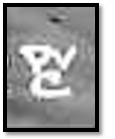
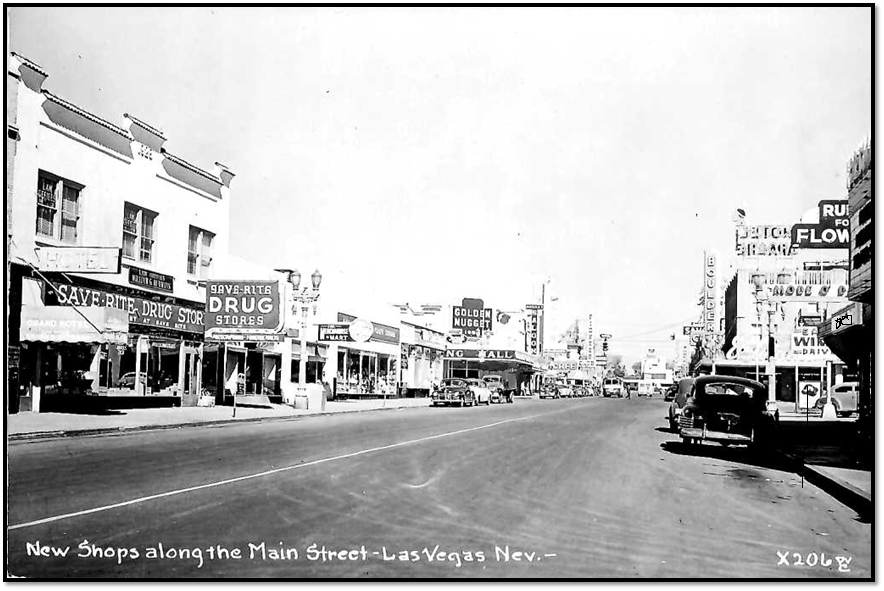
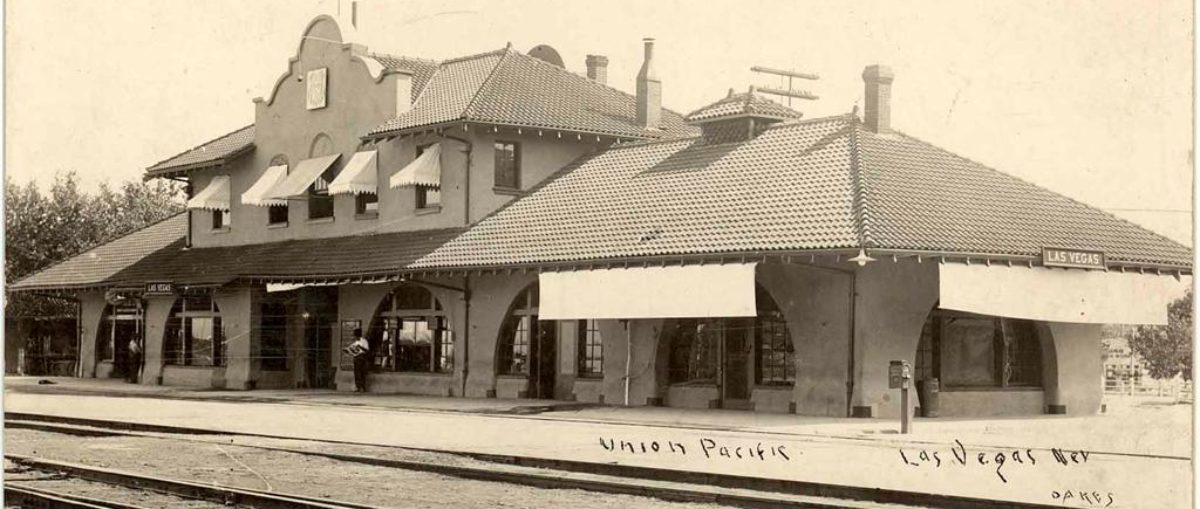
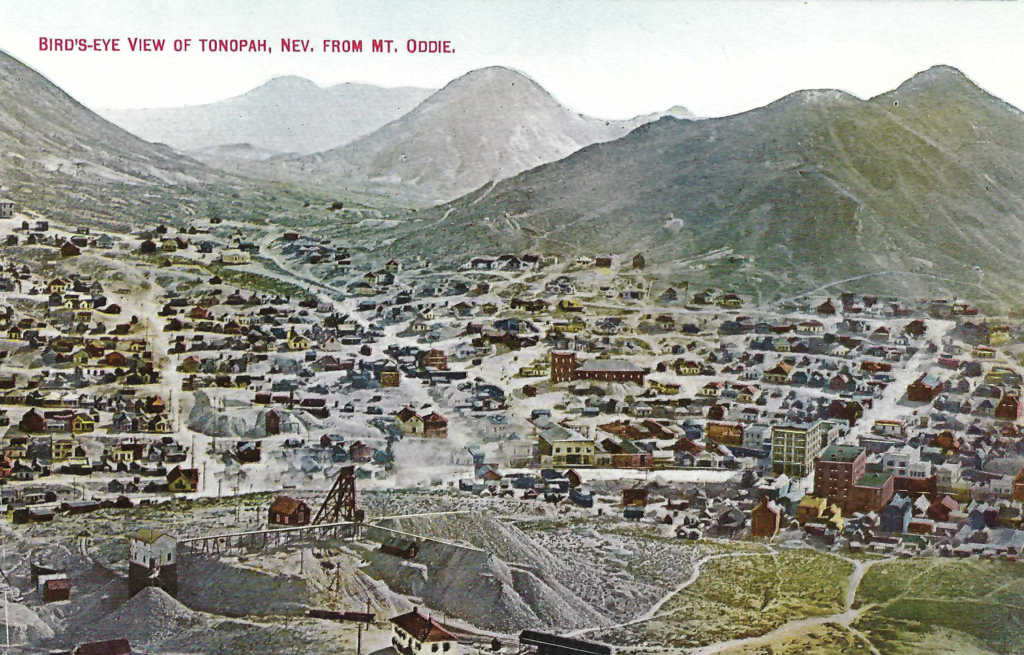
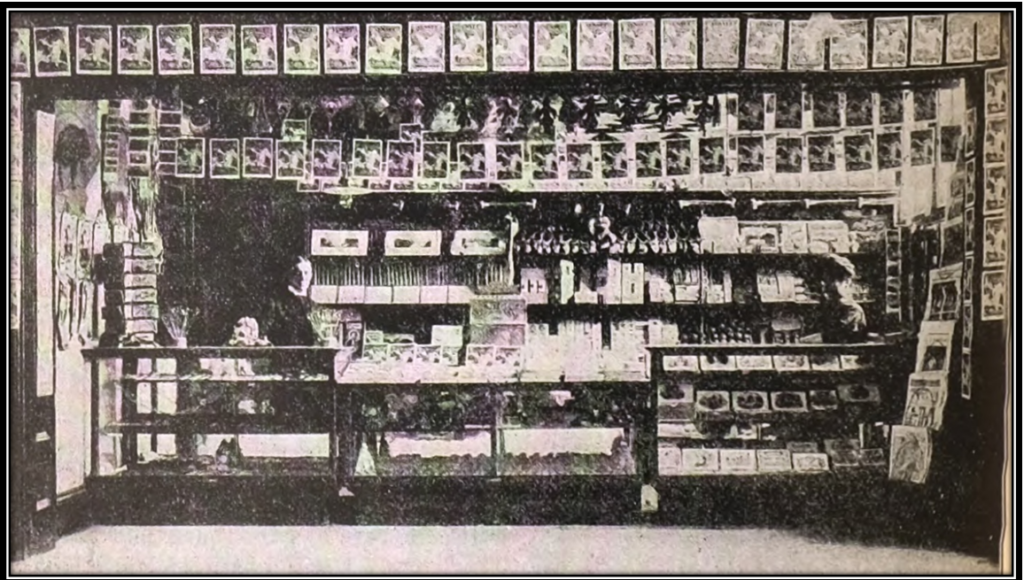
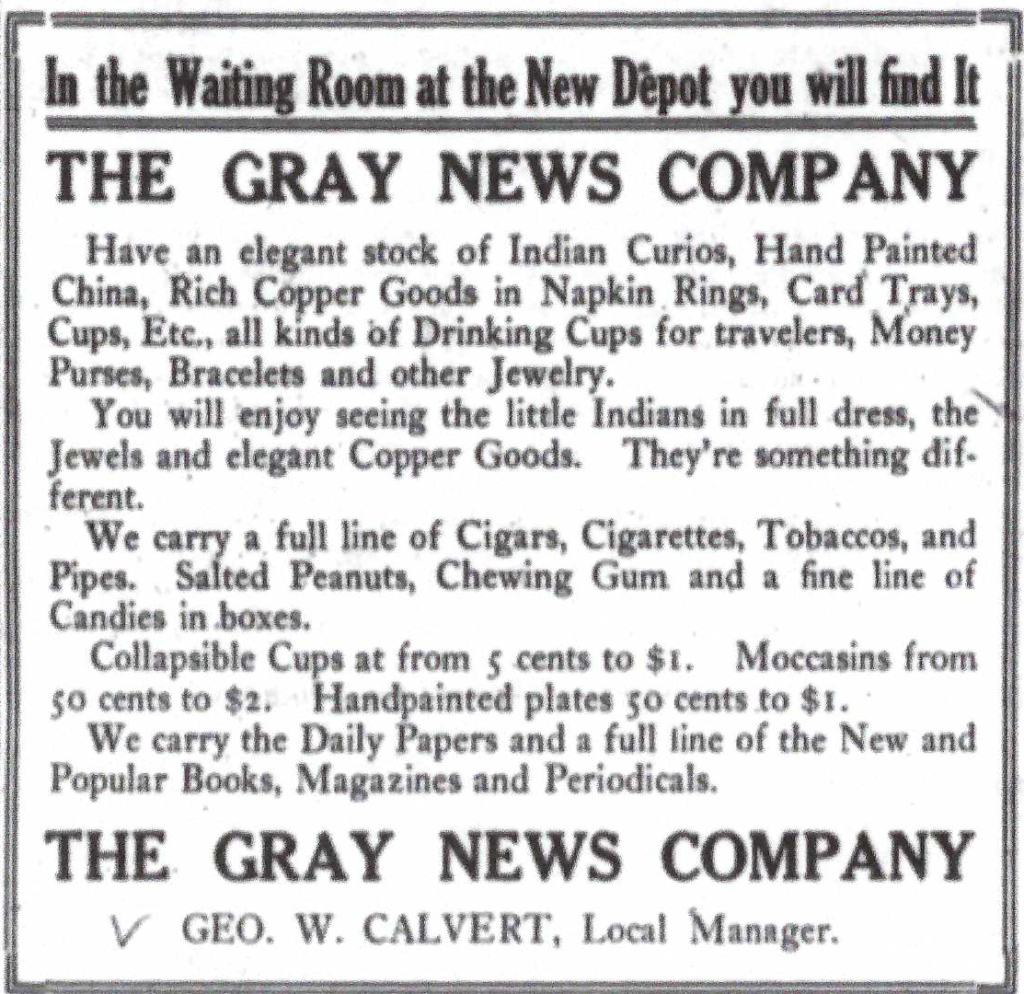
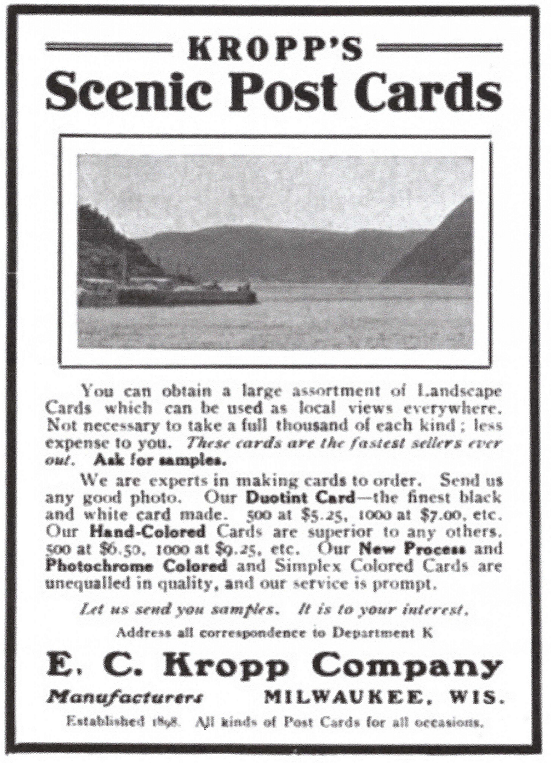

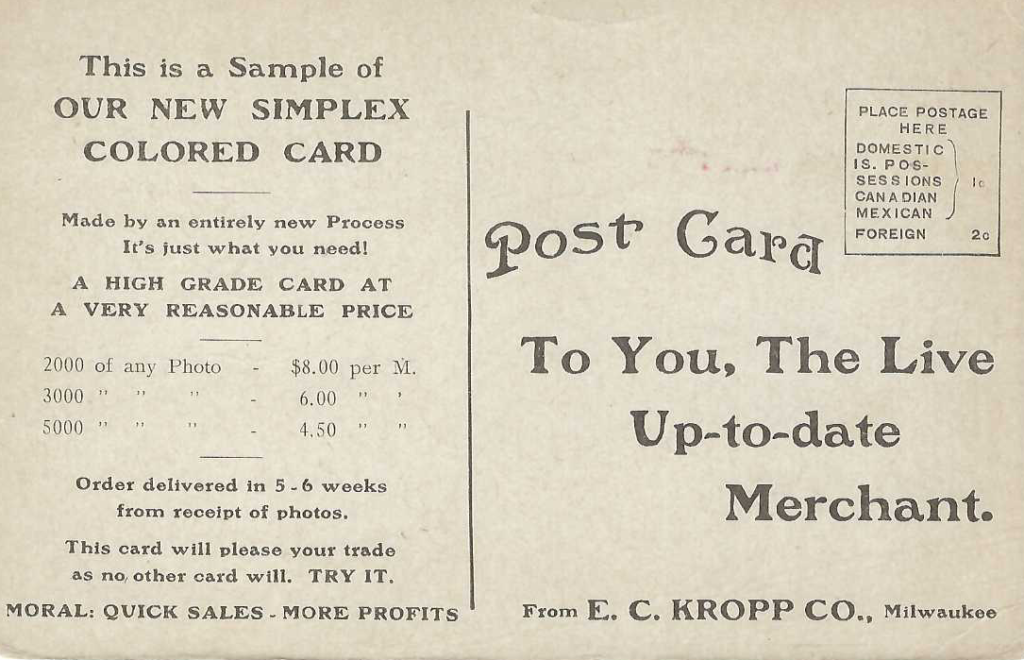
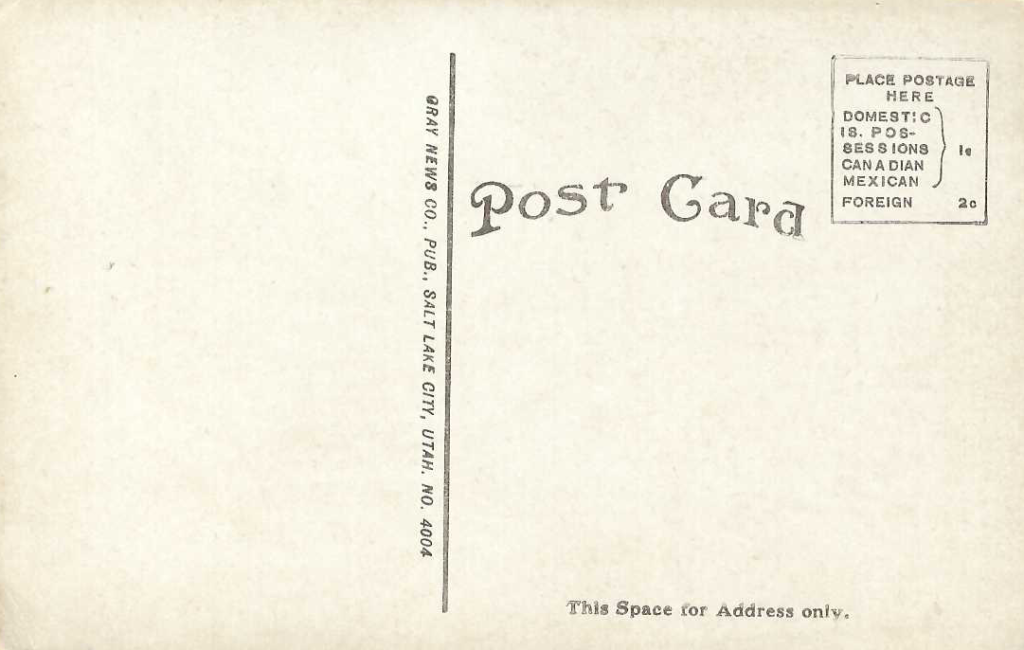

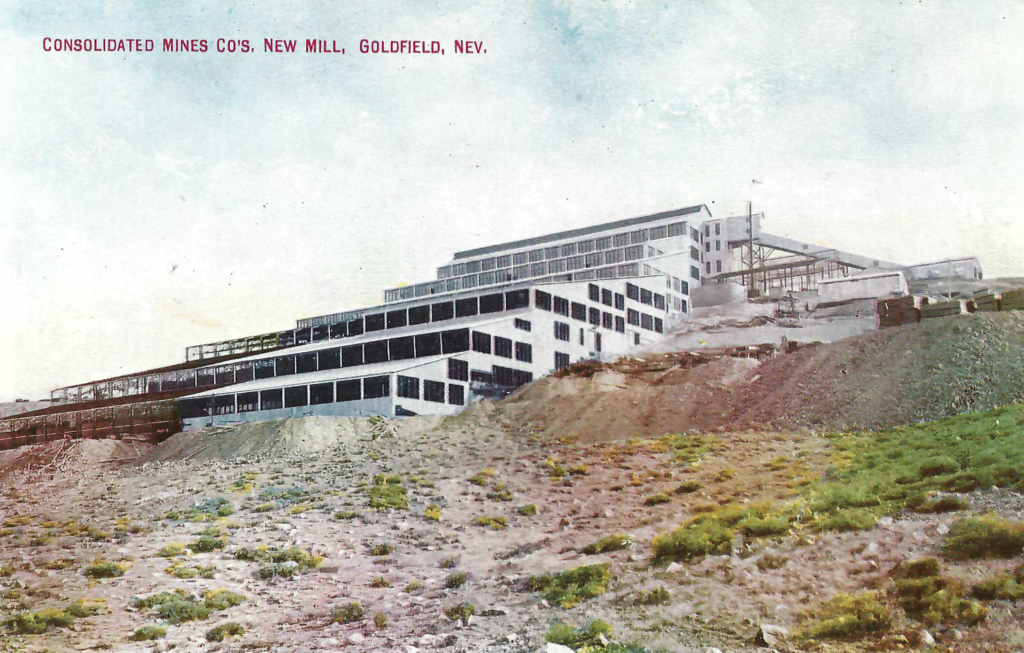
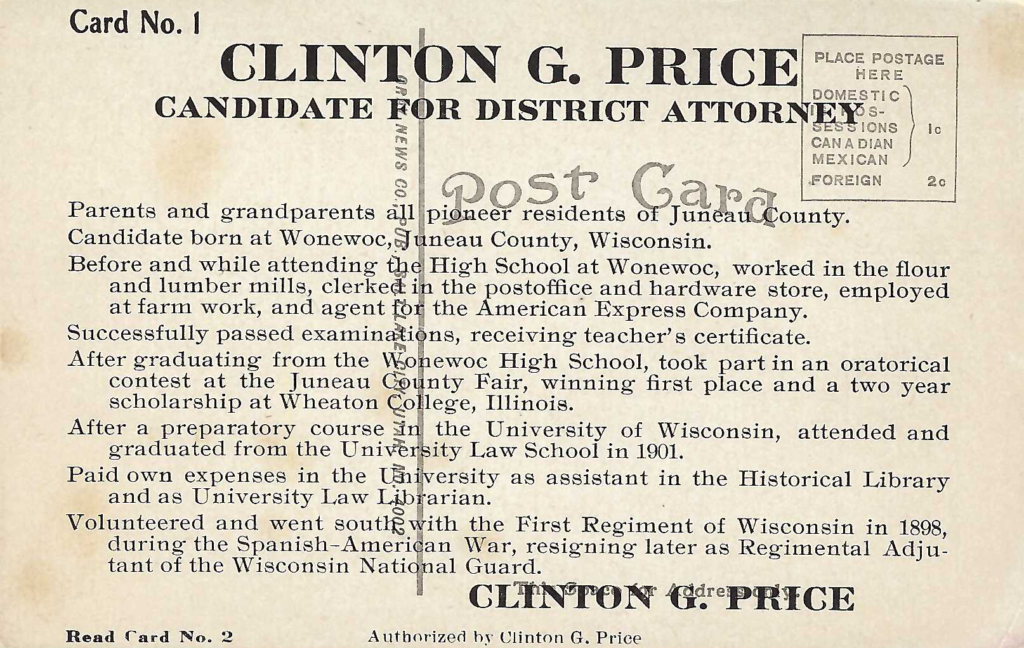
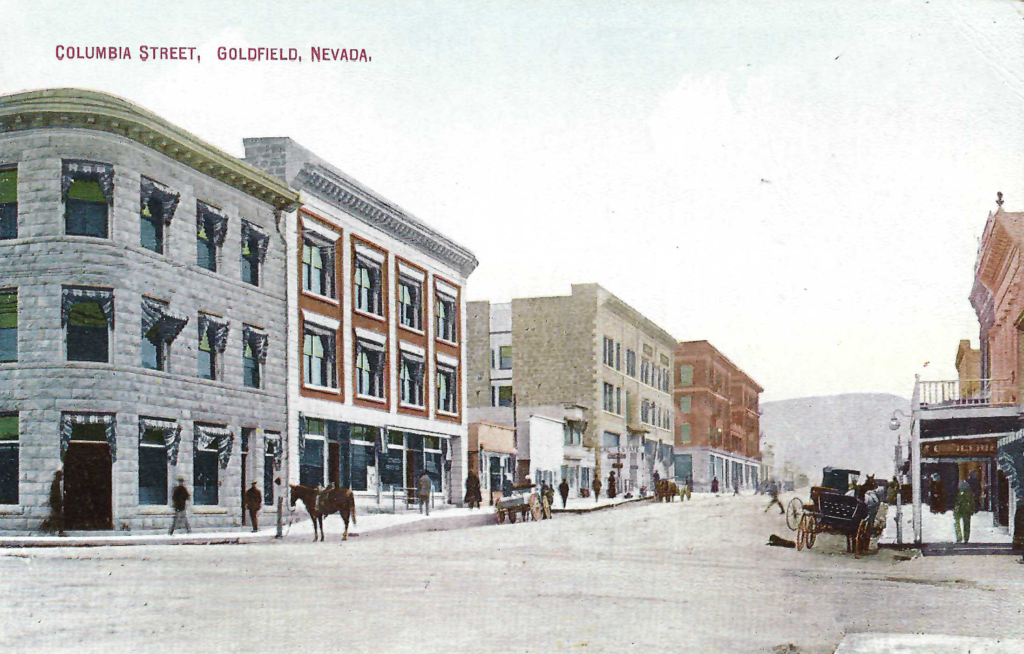
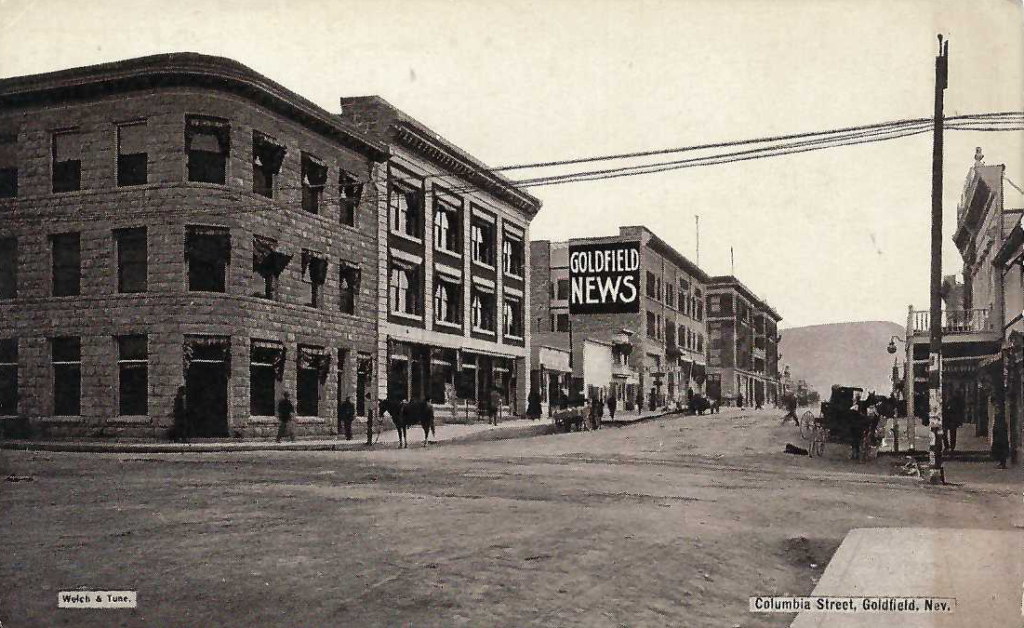
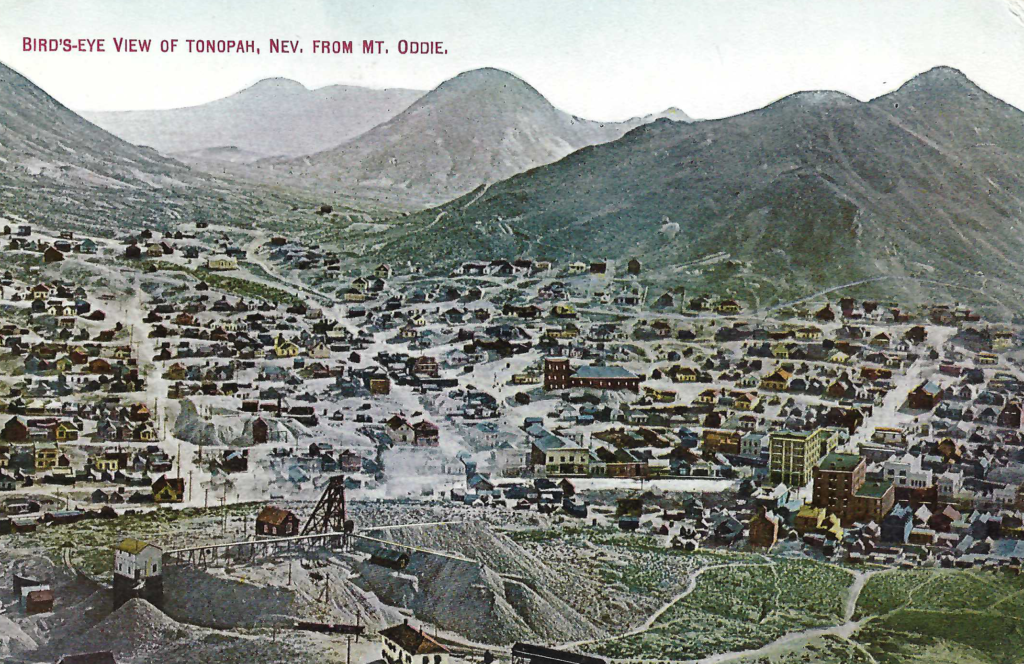
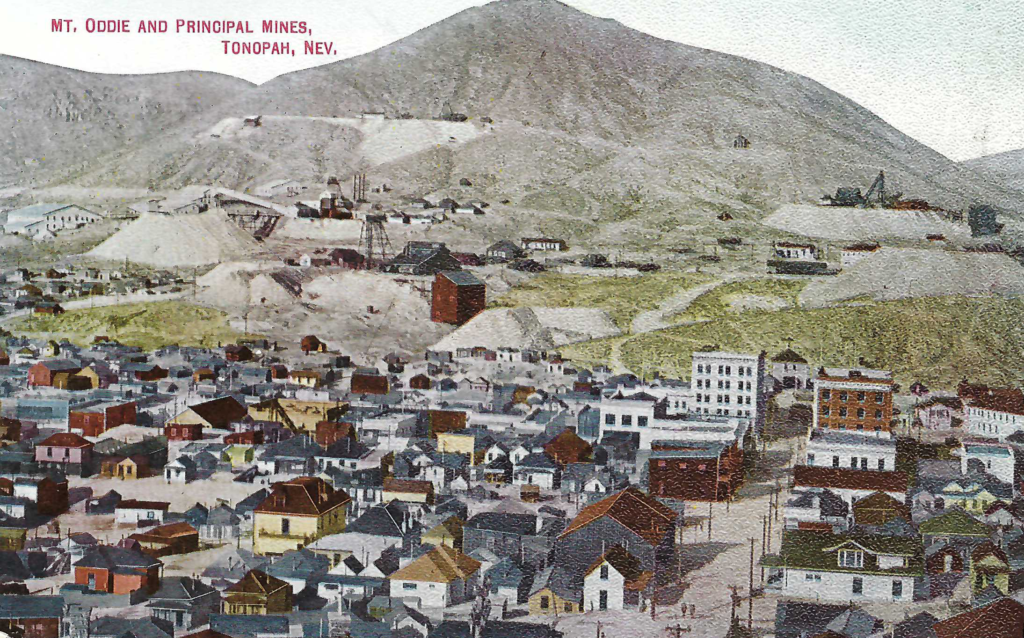
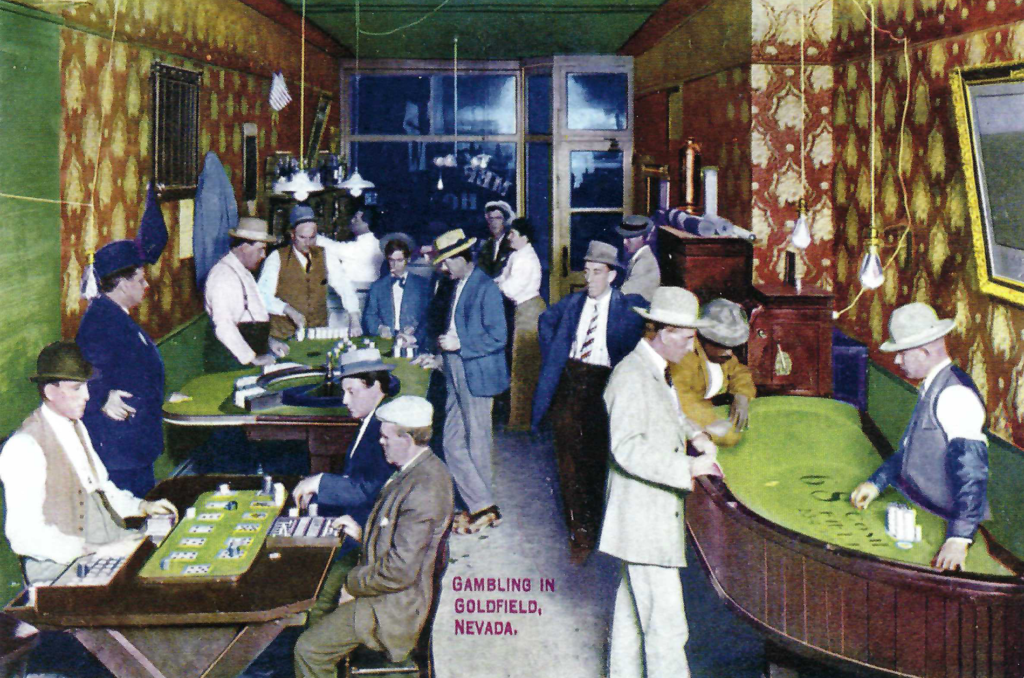
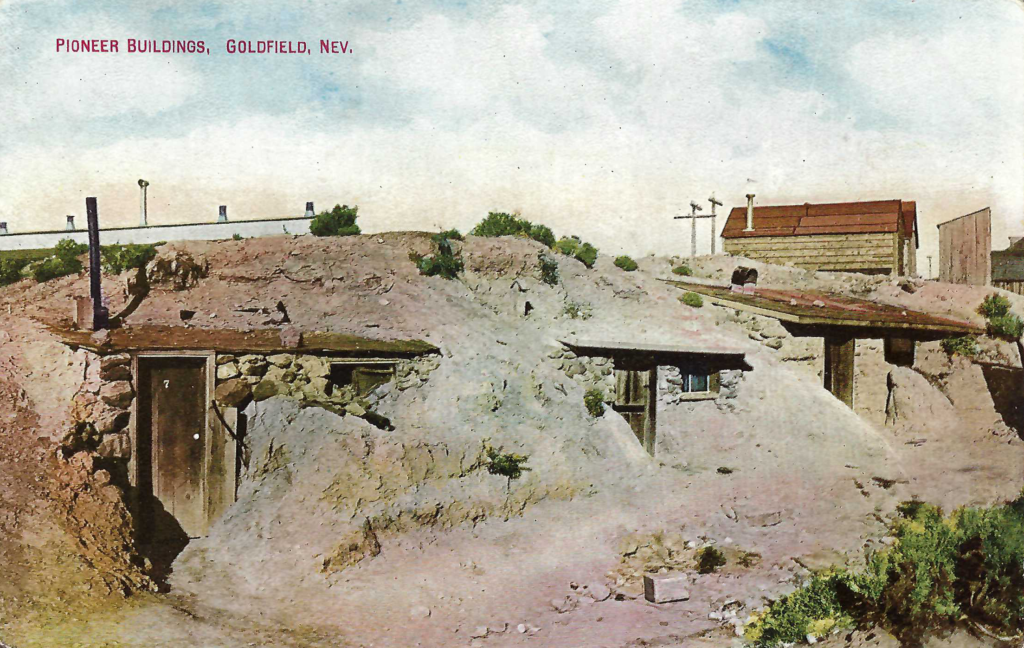
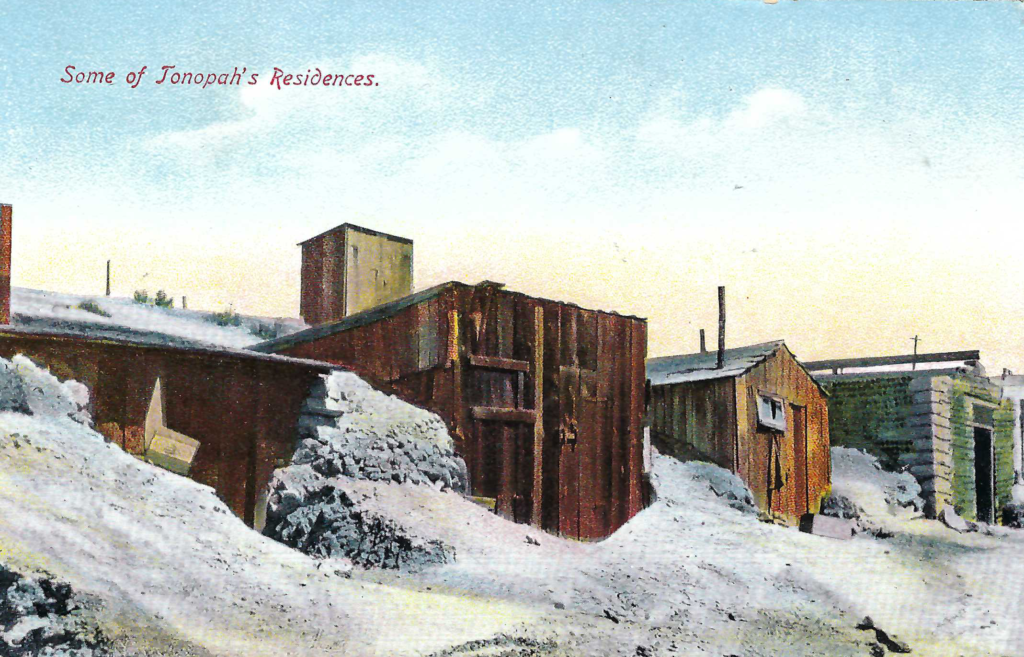
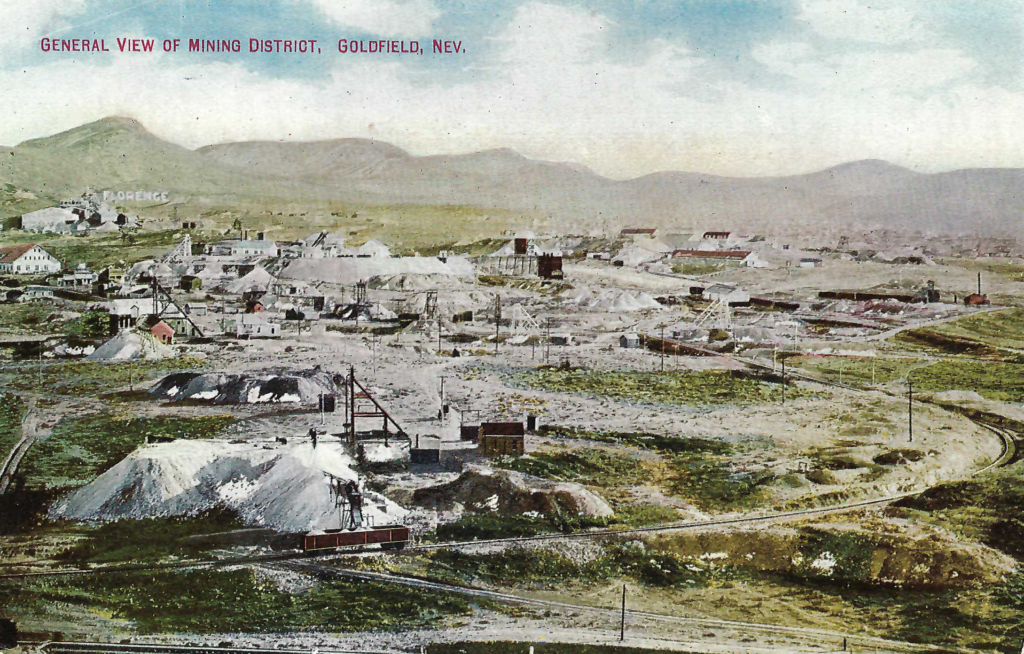
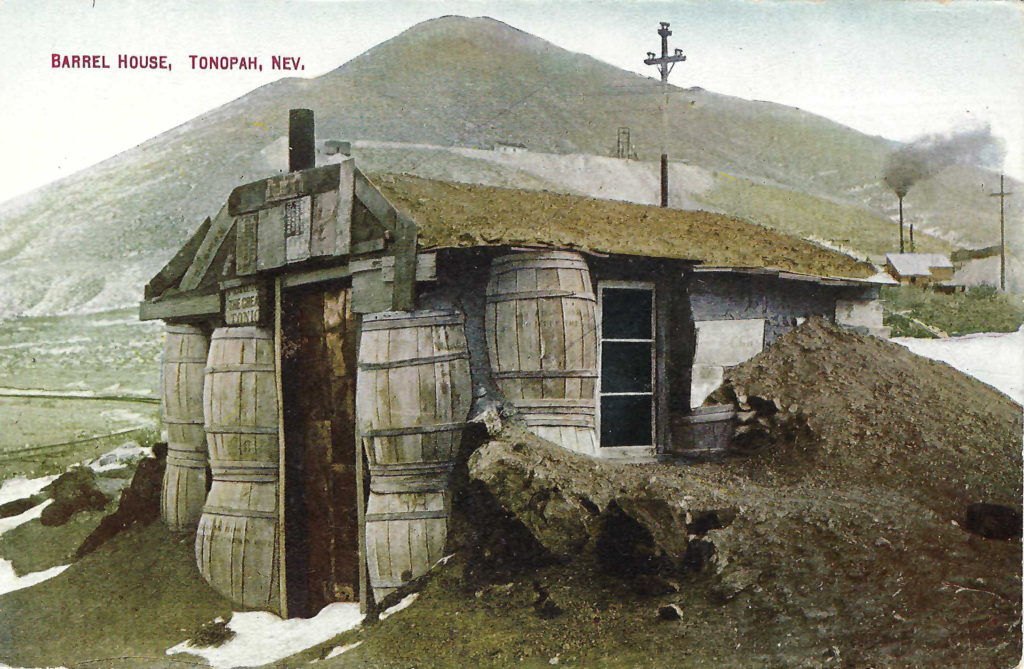
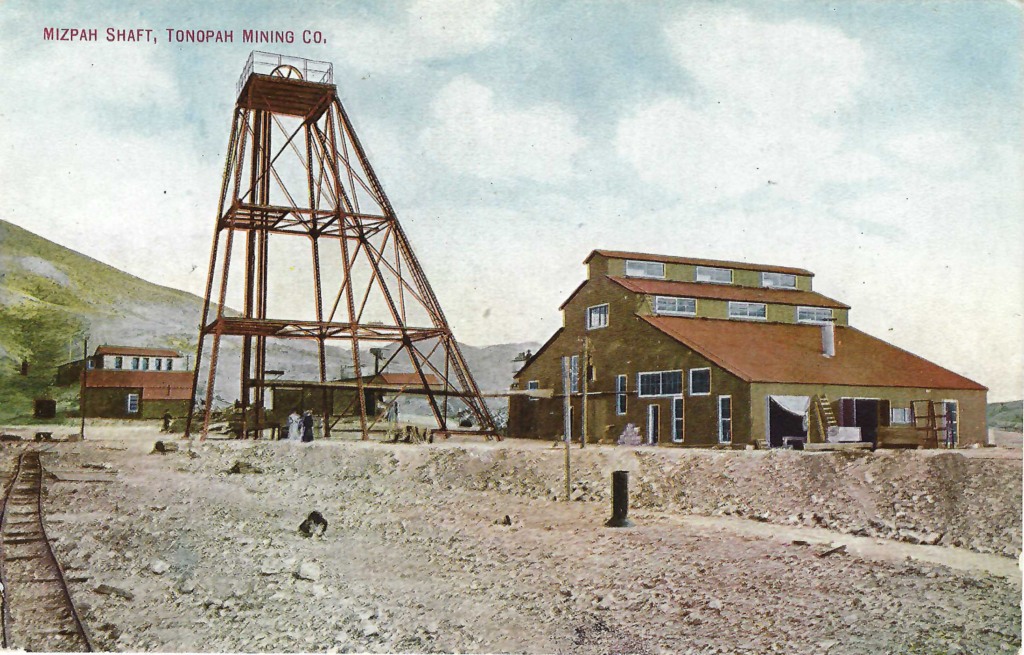
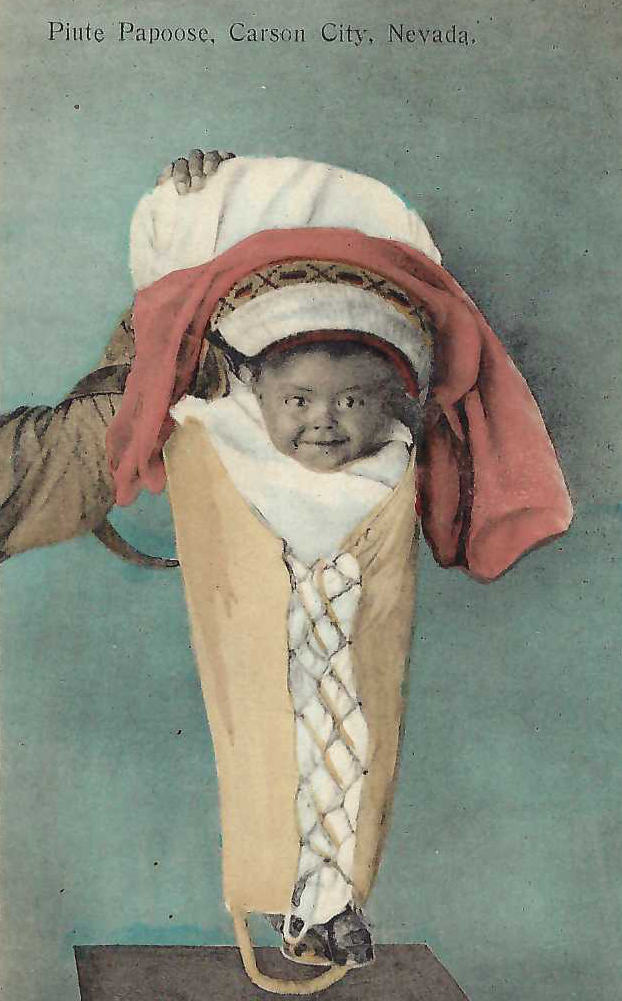
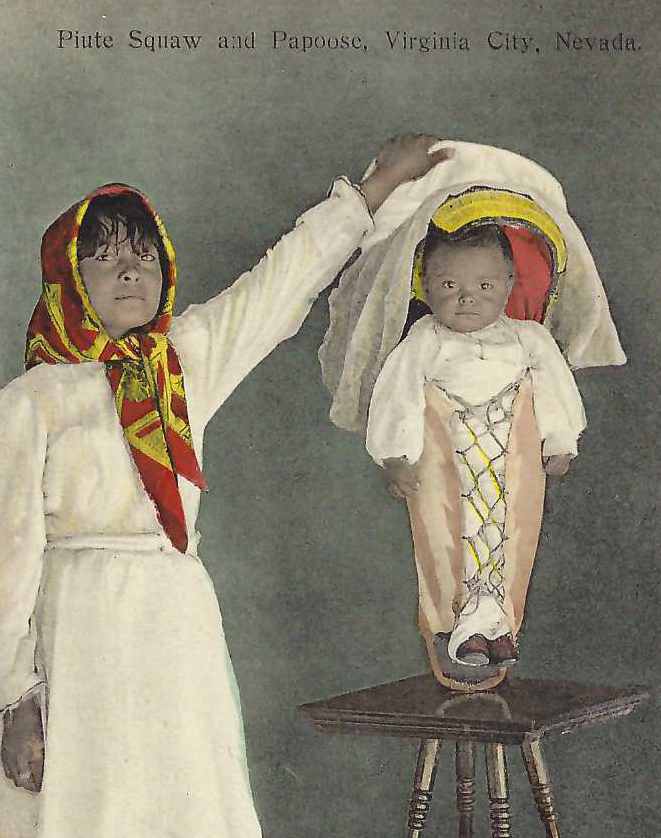
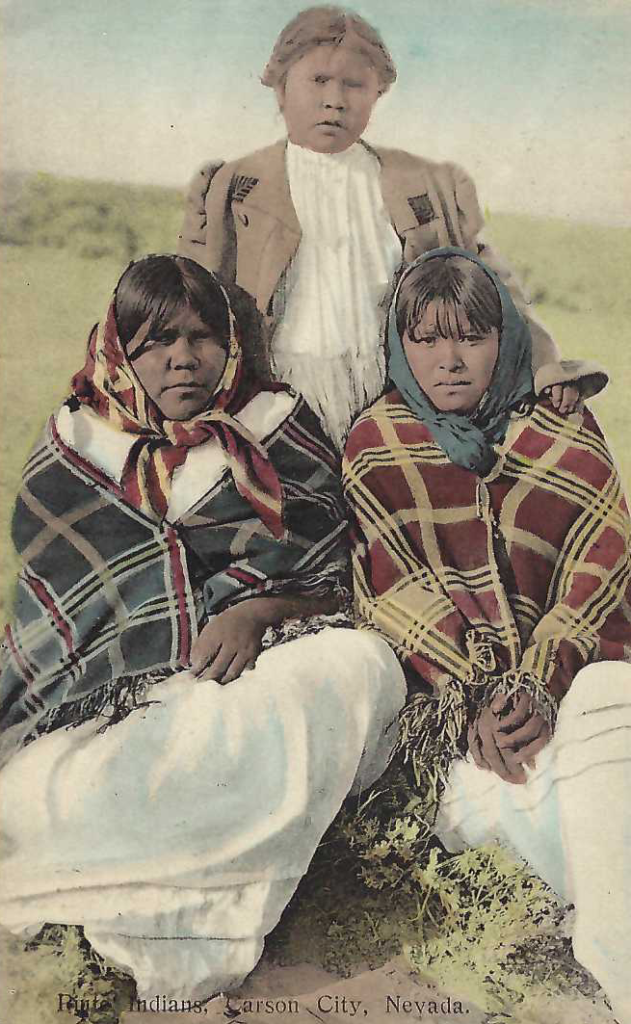
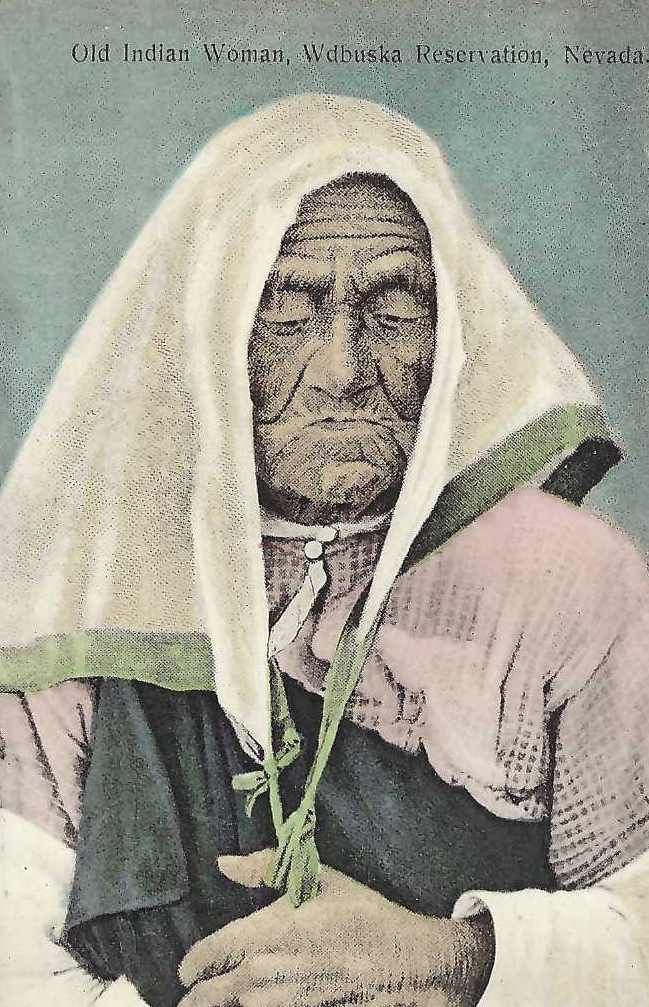
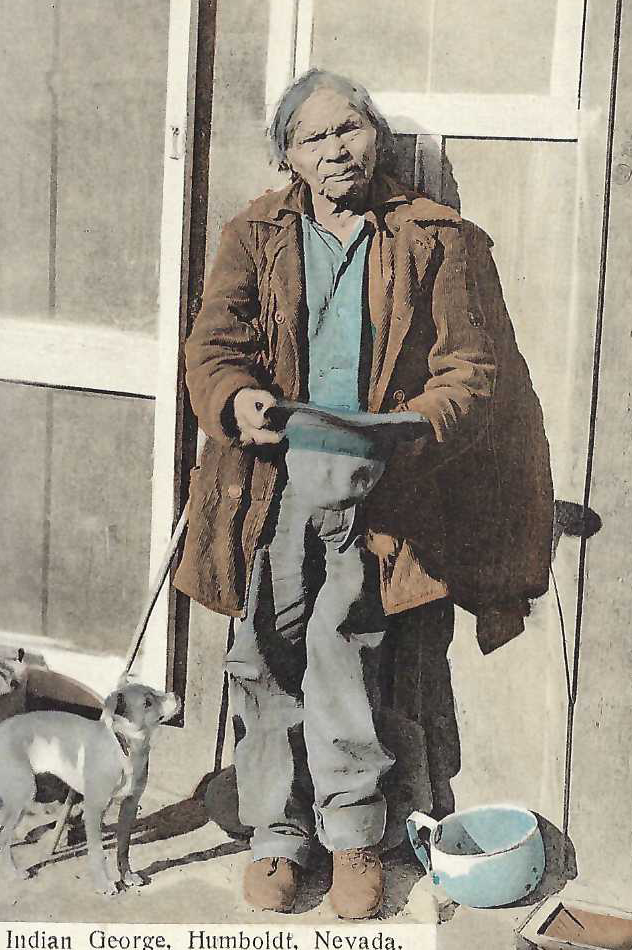

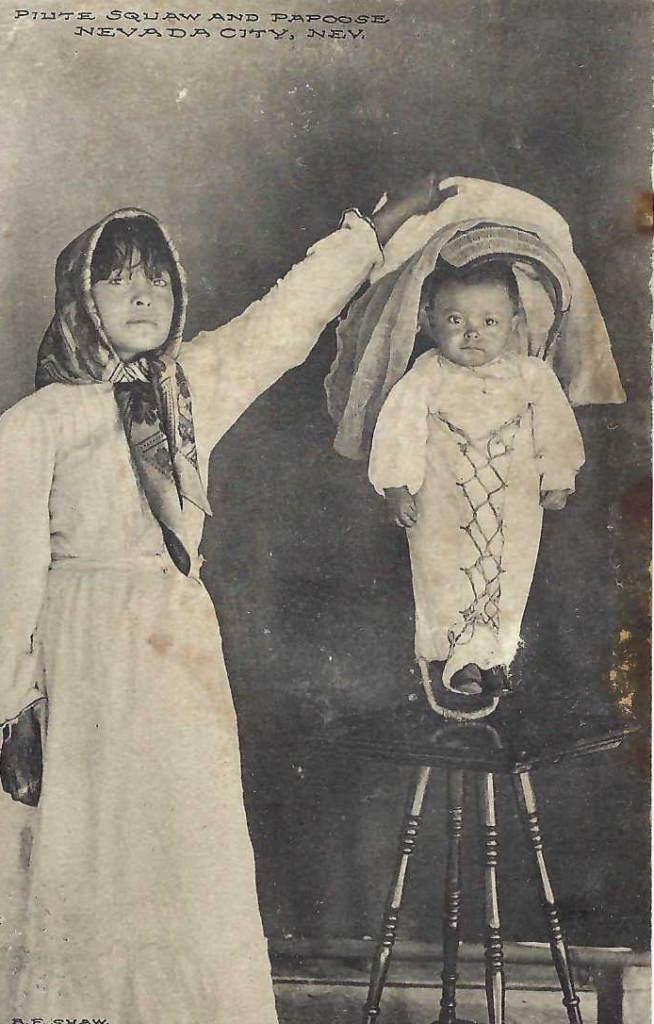
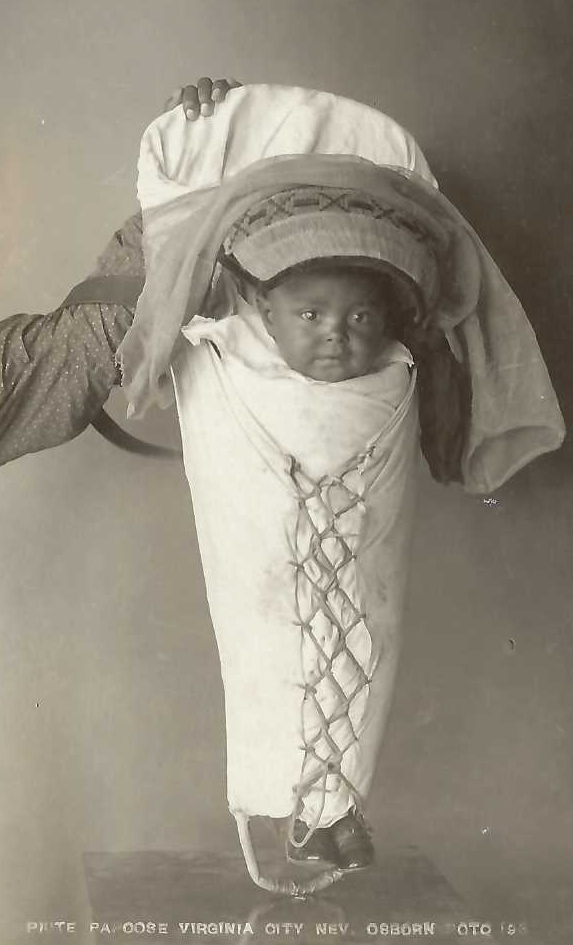

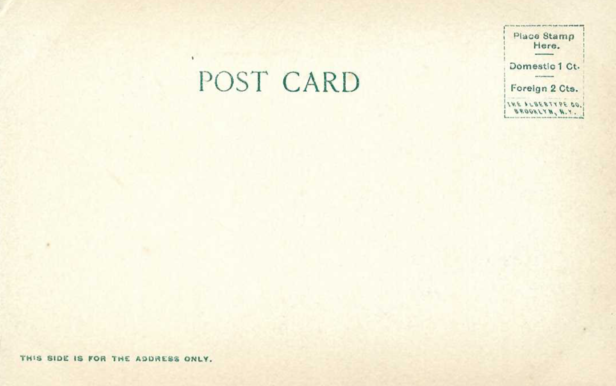

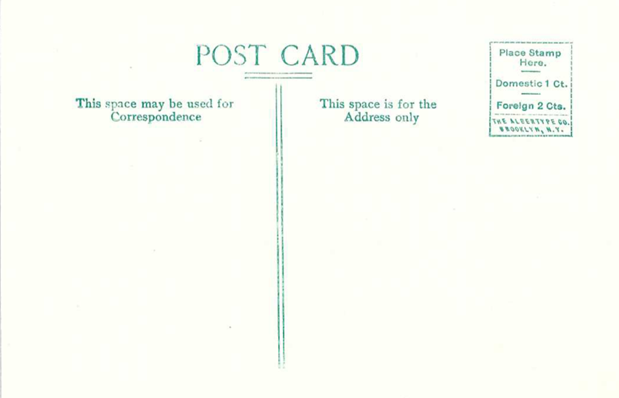
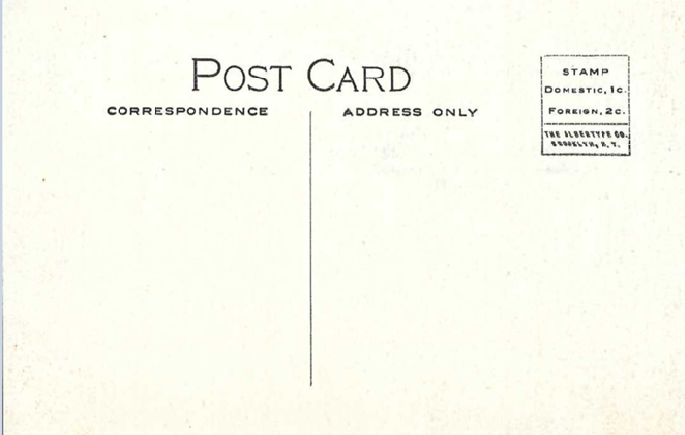
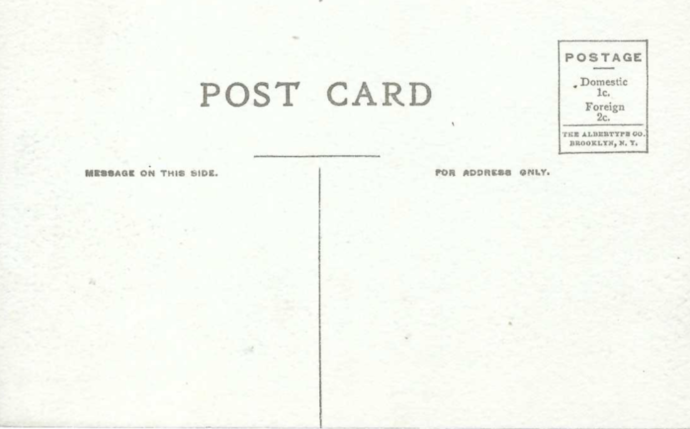
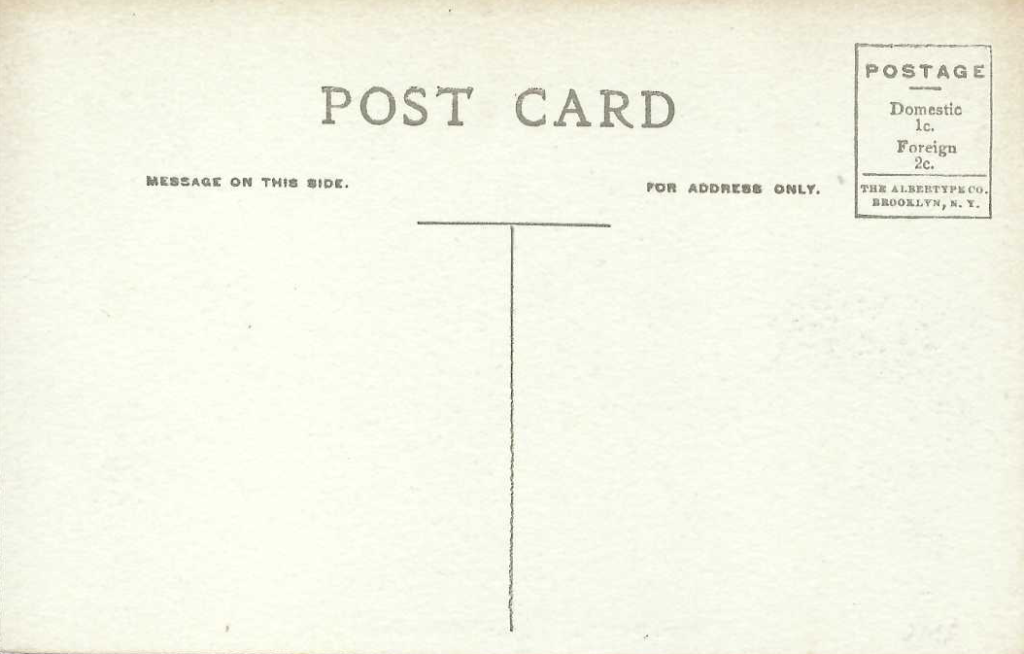


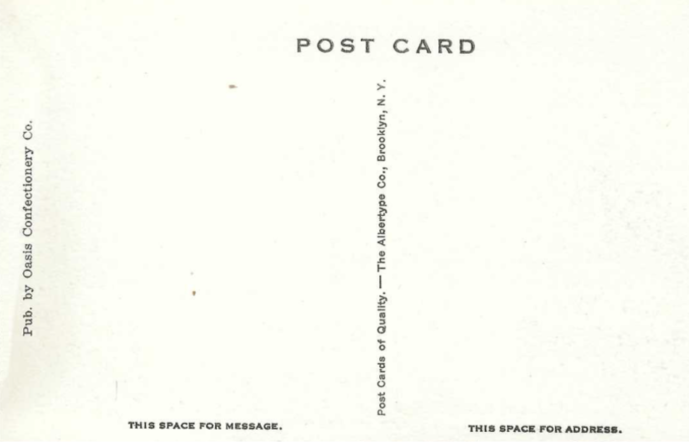
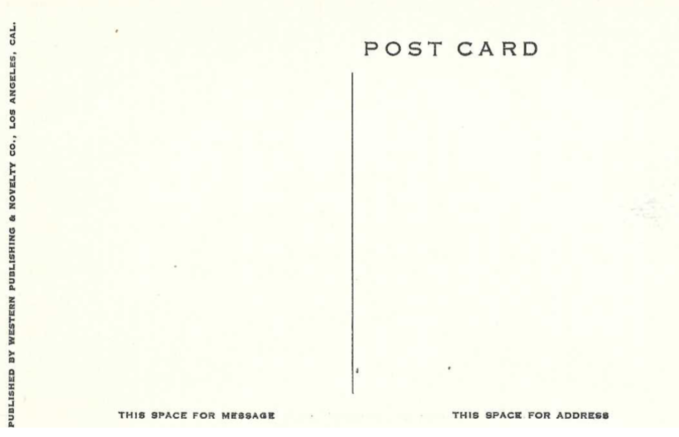


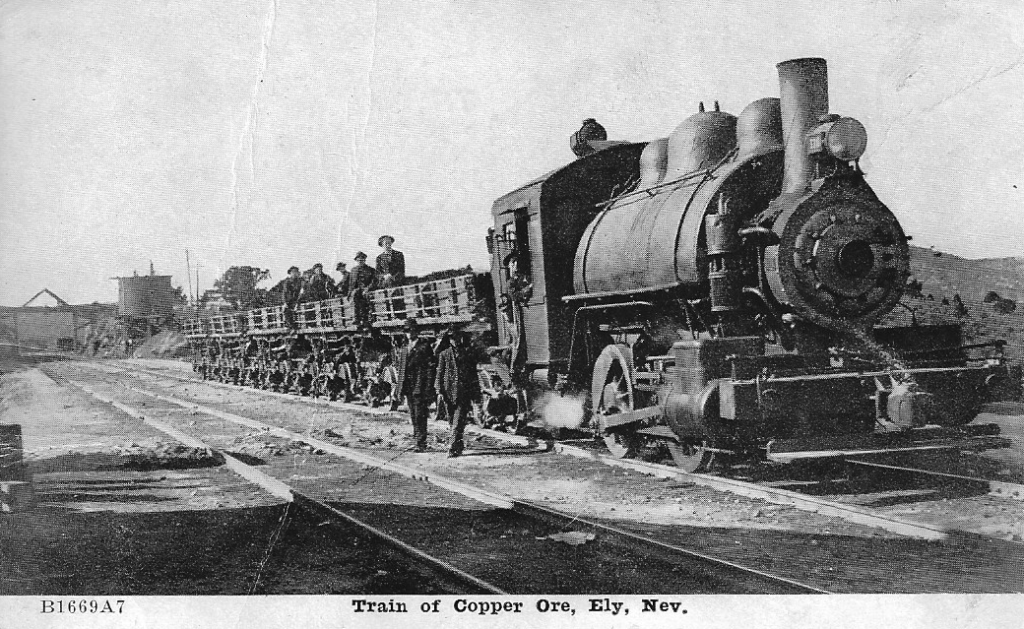

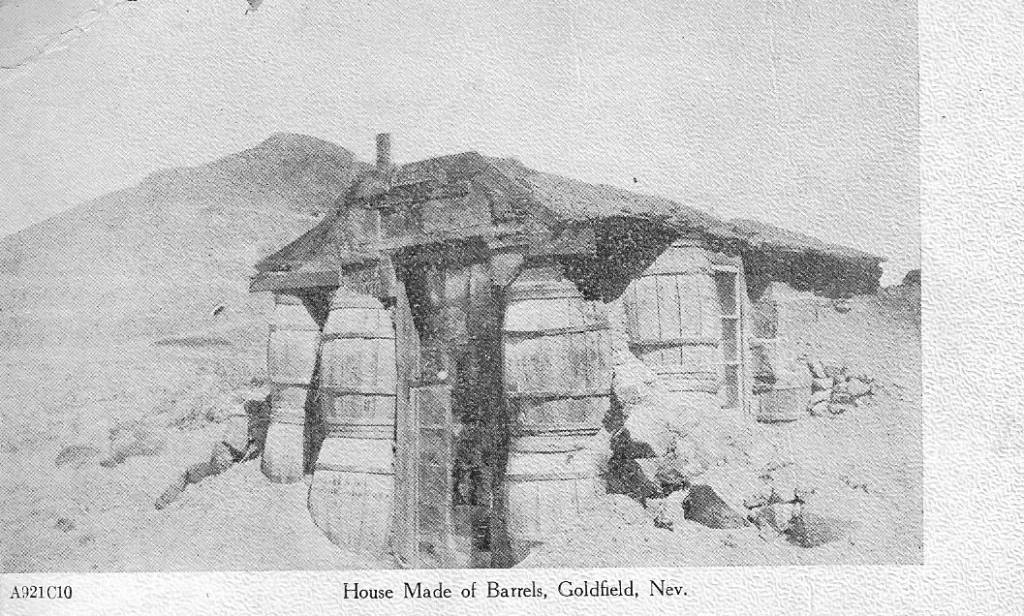
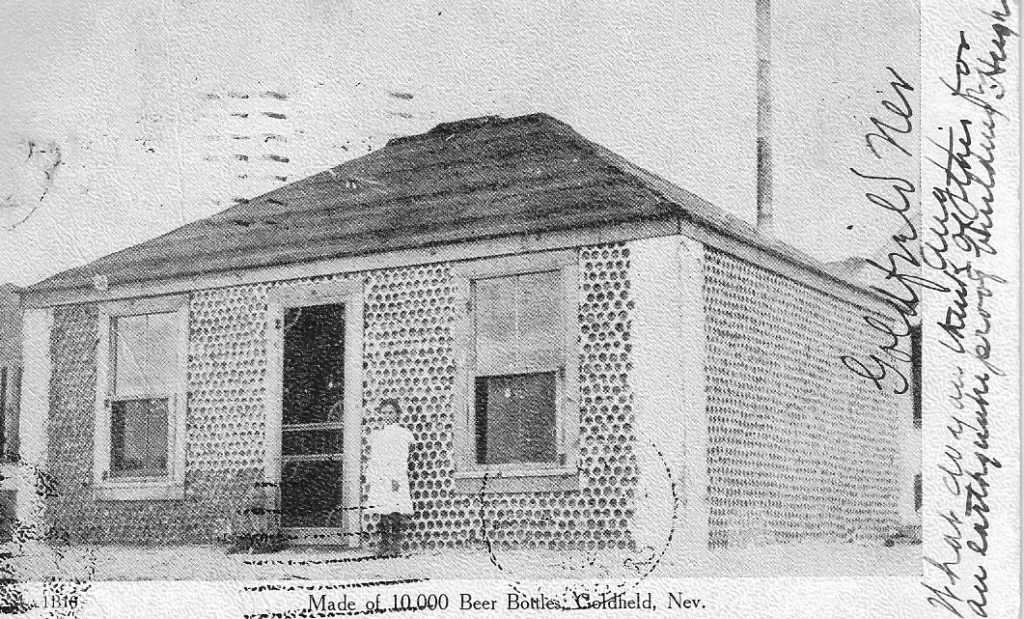

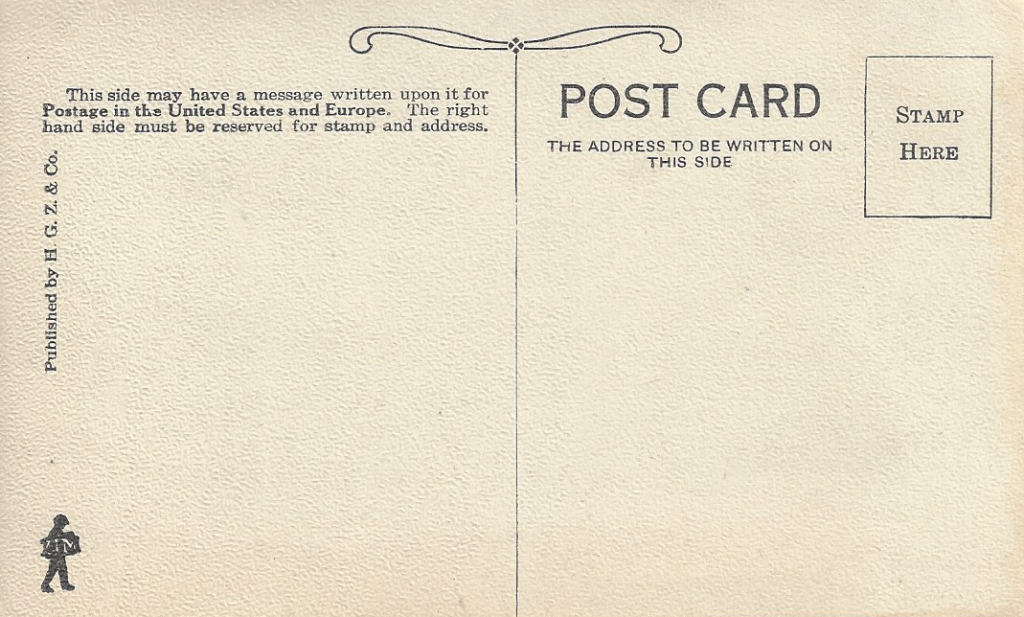
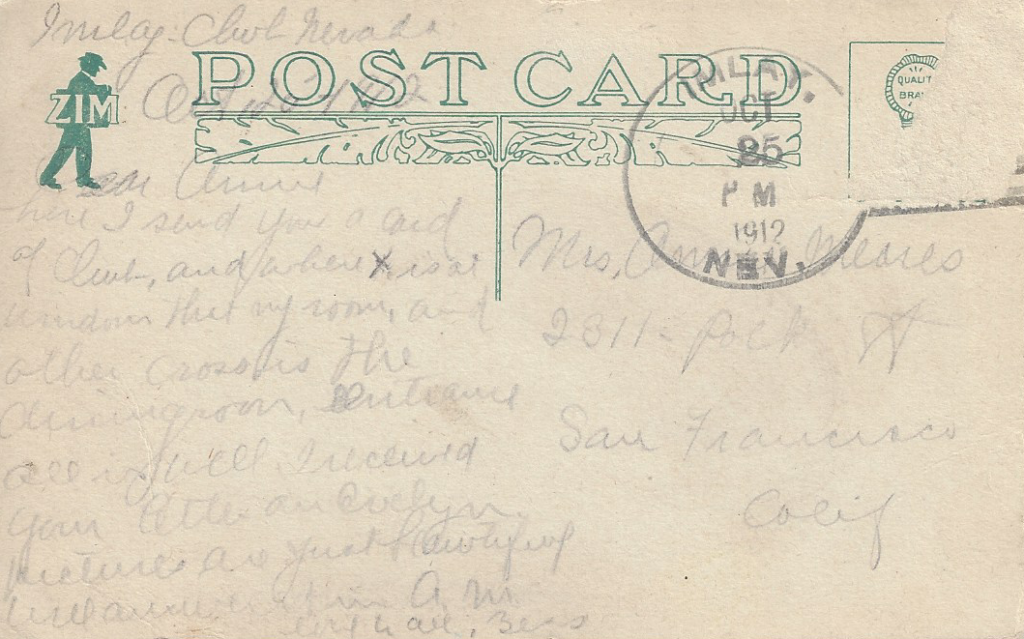
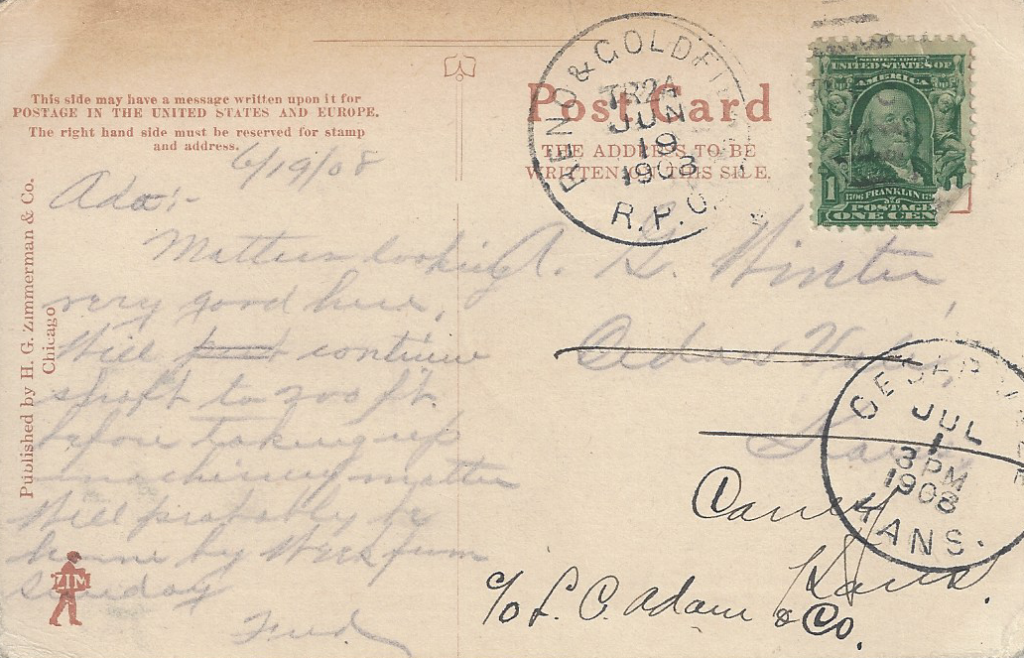
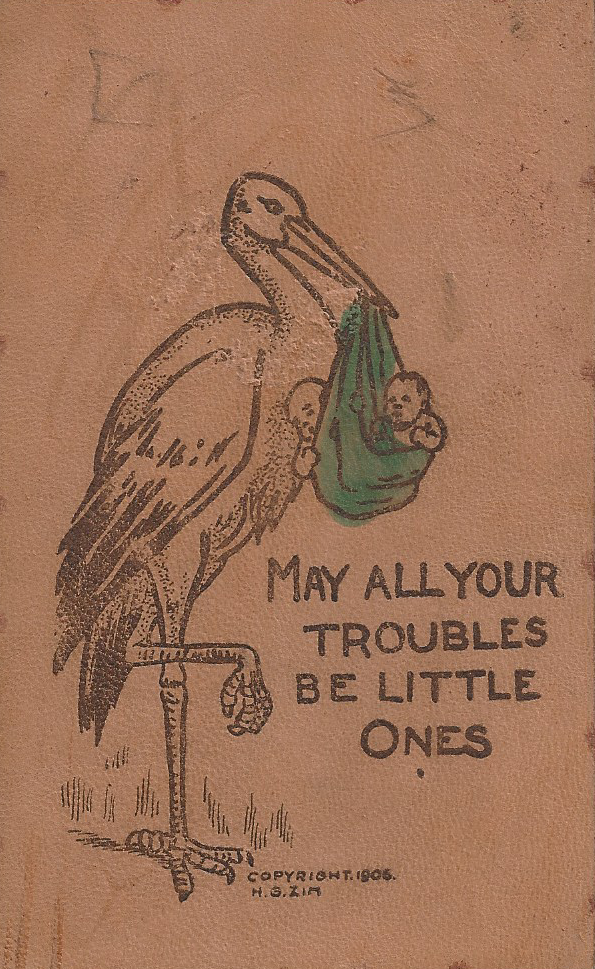 Based in Chicago, Illinois, late in 1906 or early in 1907 Zimmerman opened a west coast office in San Francisco.
Based in Chicago, Illinois, late in 1906 or early in 1907 Zimmerman opened a west coast office in San Francisco.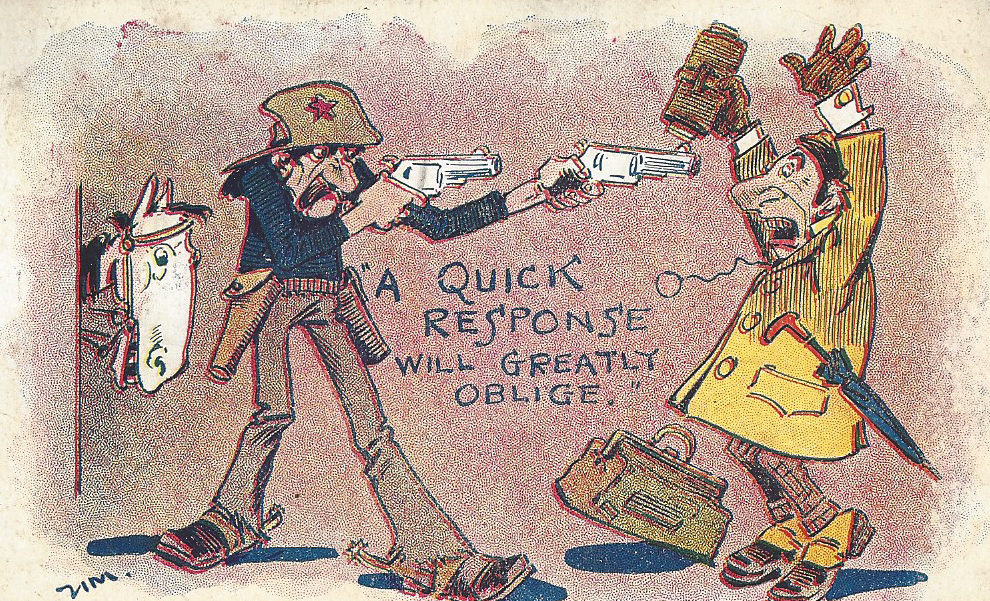
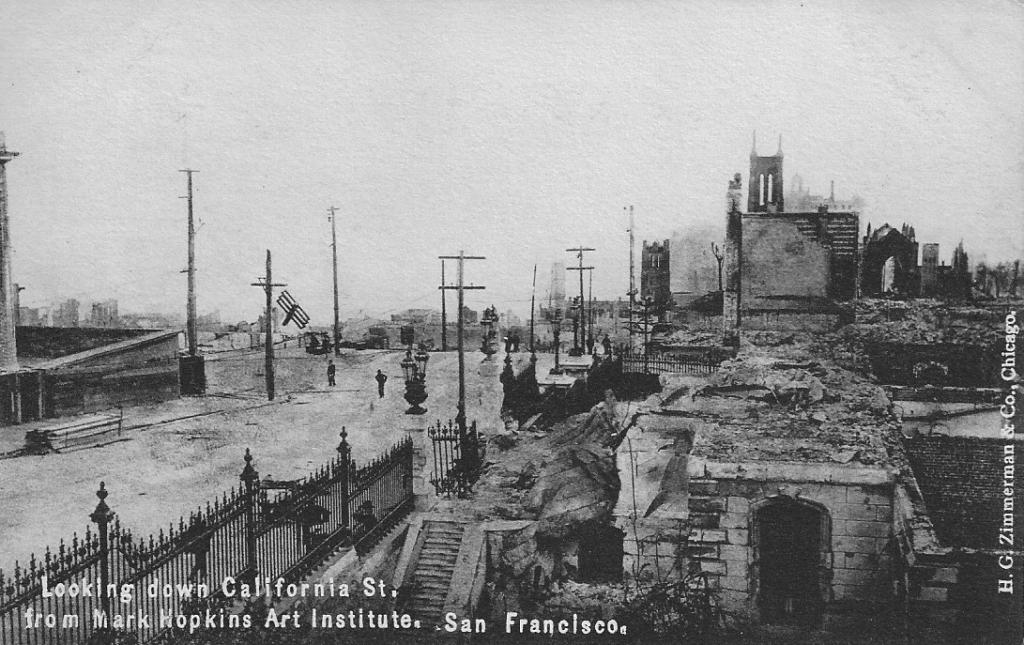
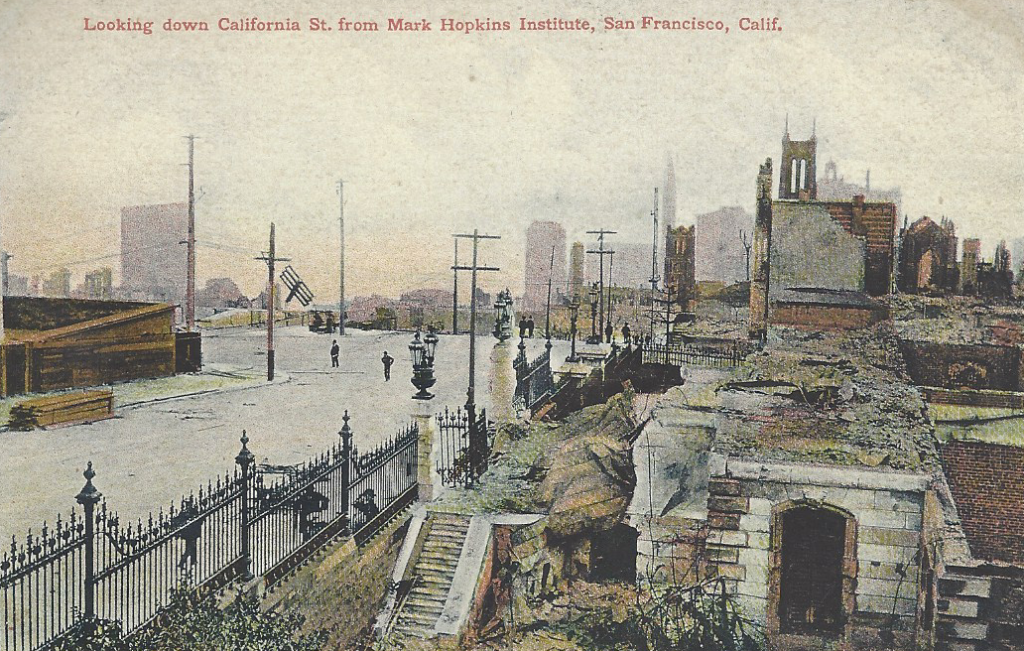
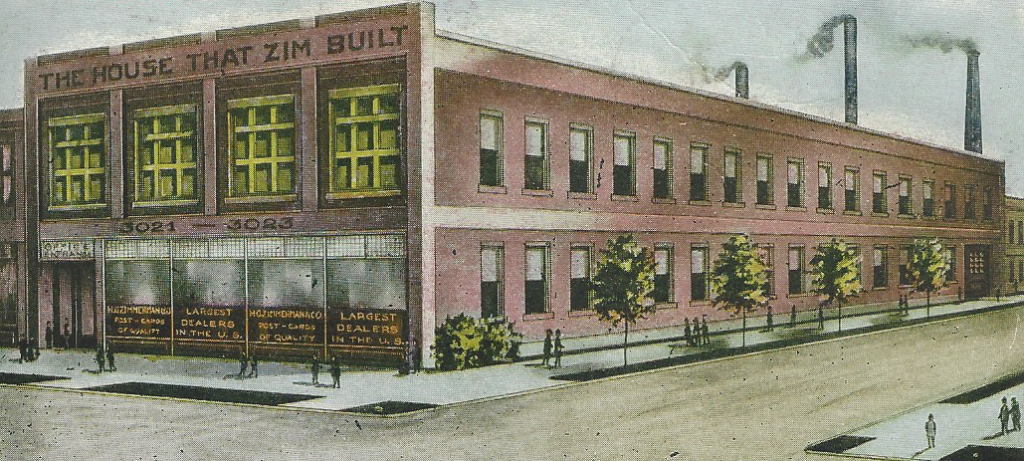
 Based on classified newspaper advertisement Zimmerman placed in newspapers around the country it is clear that much of his business was based on the work of “side pocket” aka “vest pocket” salesmen. (Anaconda Montana Standard, 2-21-1909)
Based on classified newspaper advertisement Zimmerman placed in newspapers around the country it is clear that much of his business was based on the work of “side pocket” aka “vest pocket” salesmen. (Anaconda Montana Standard, 2-21-1909)

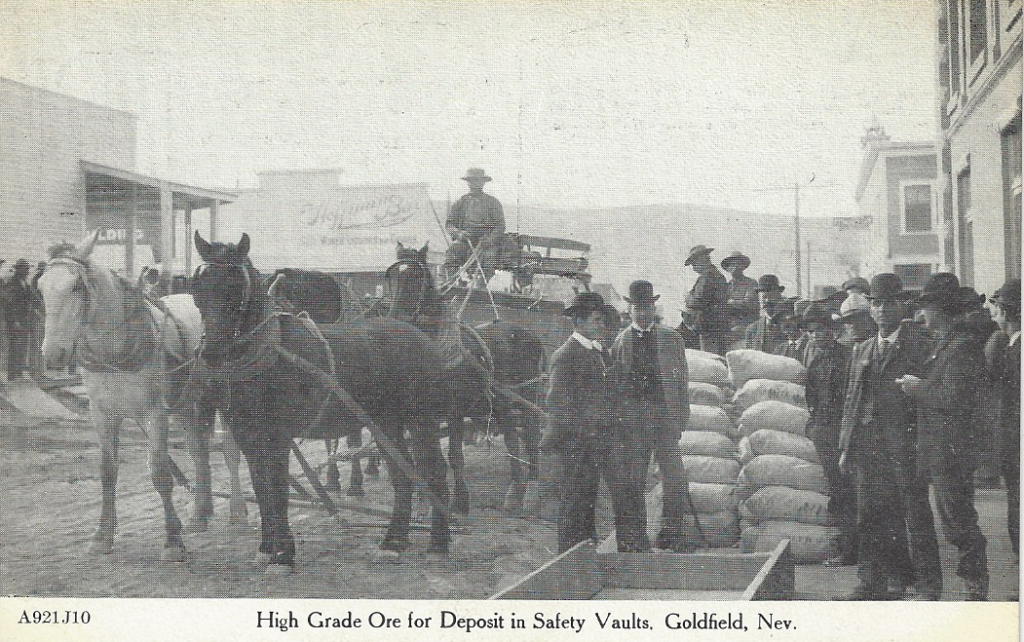
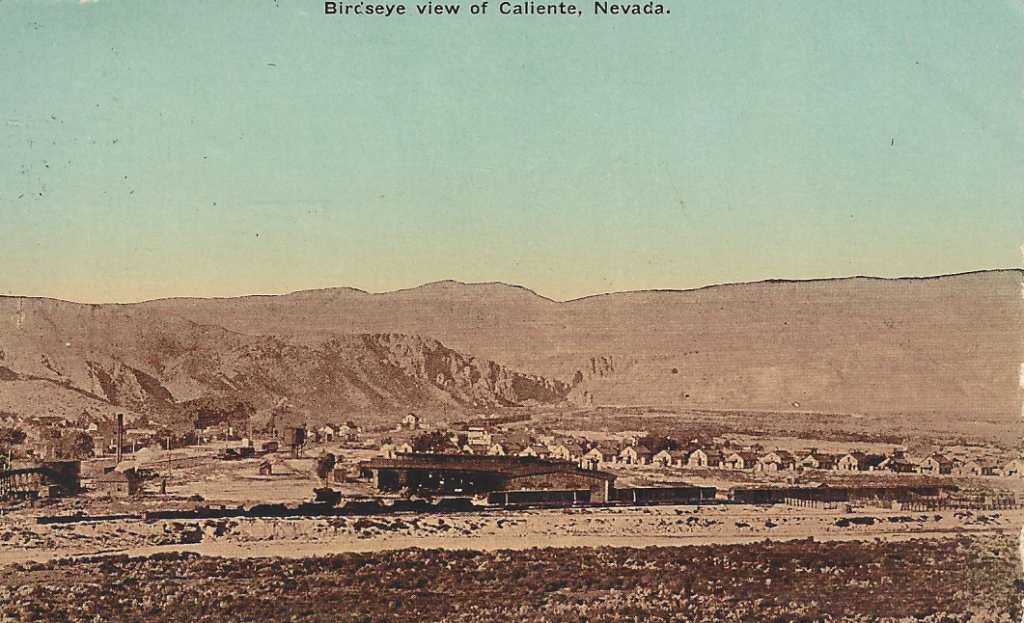
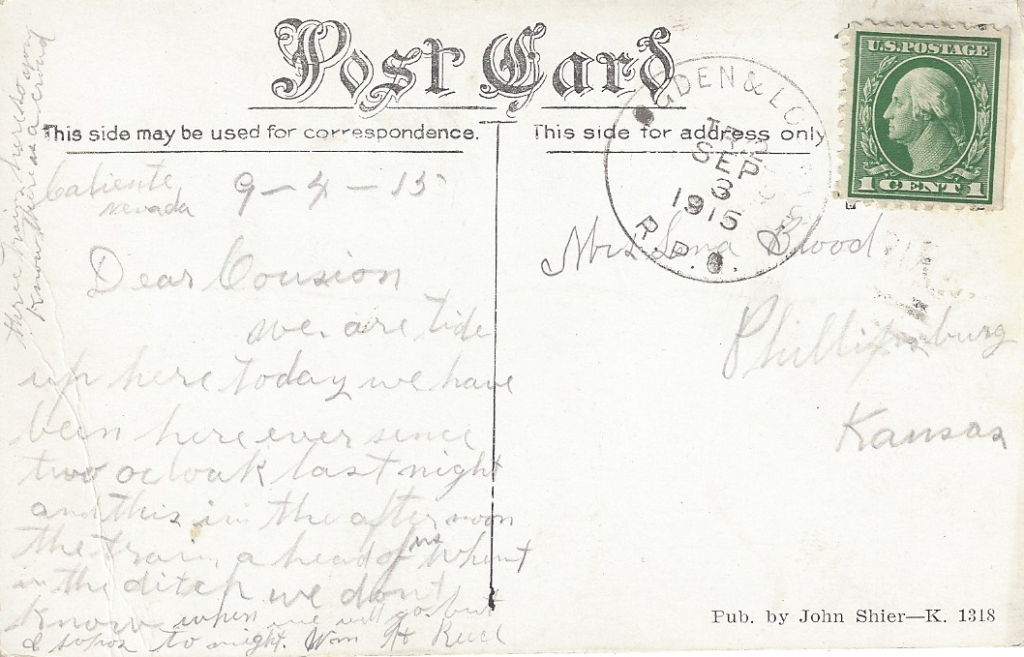
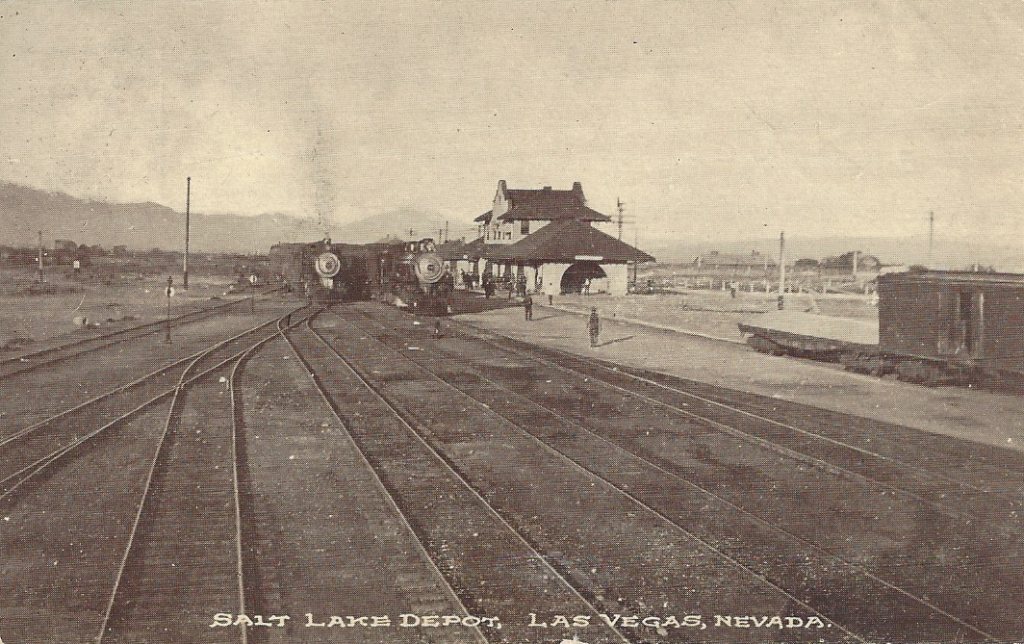
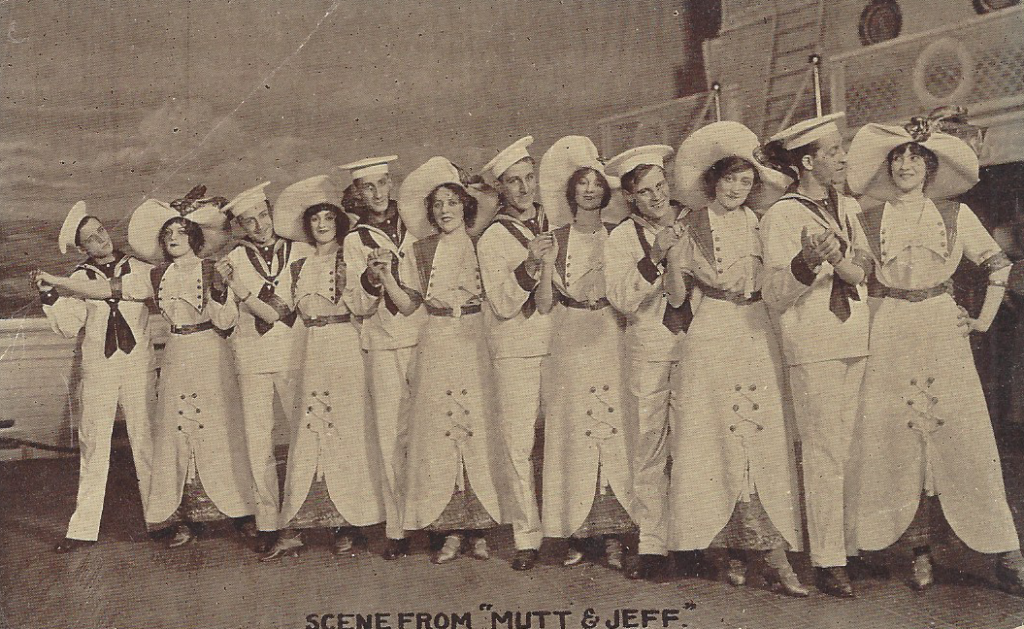
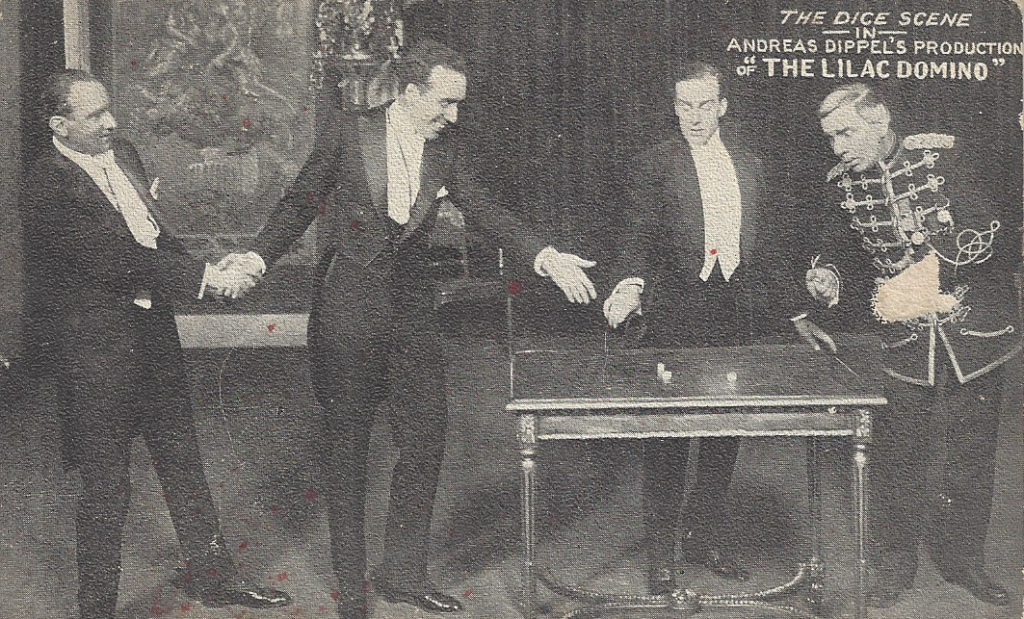
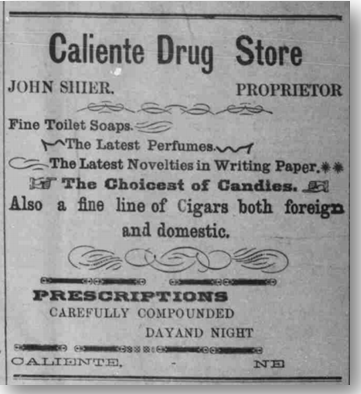
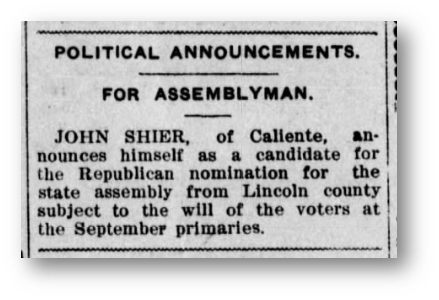
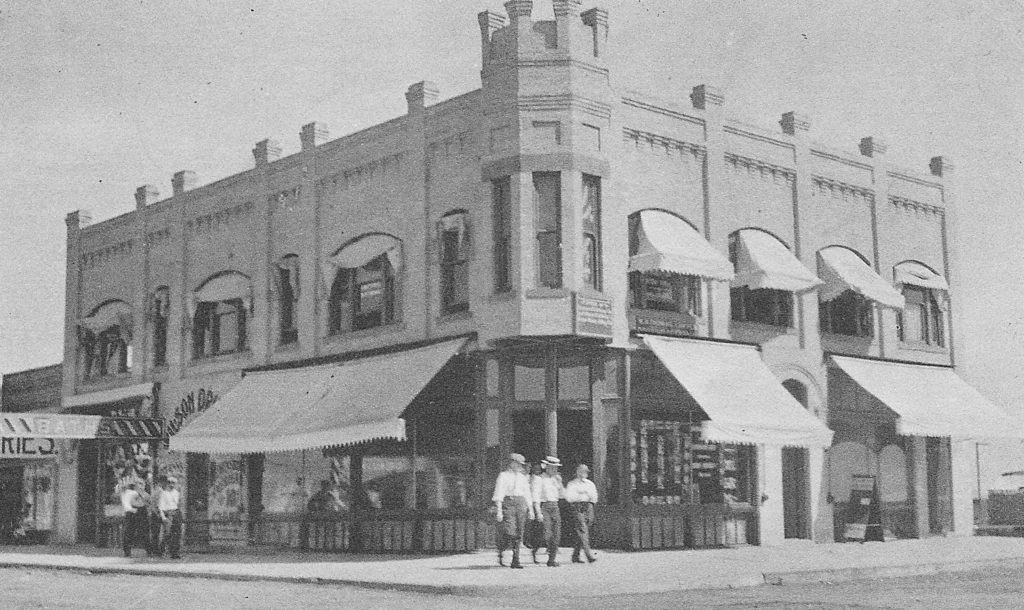
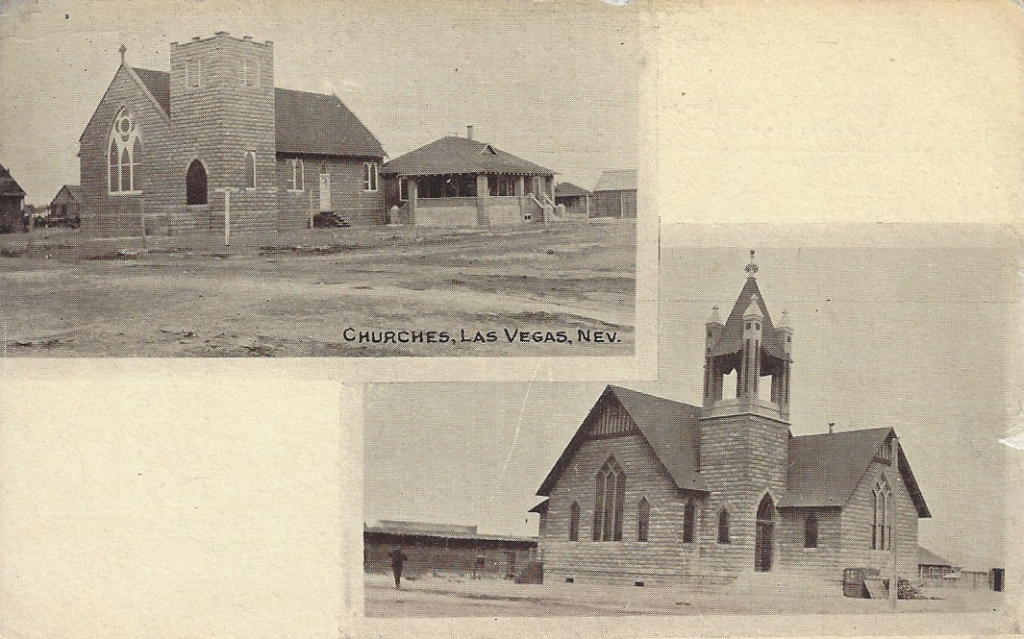
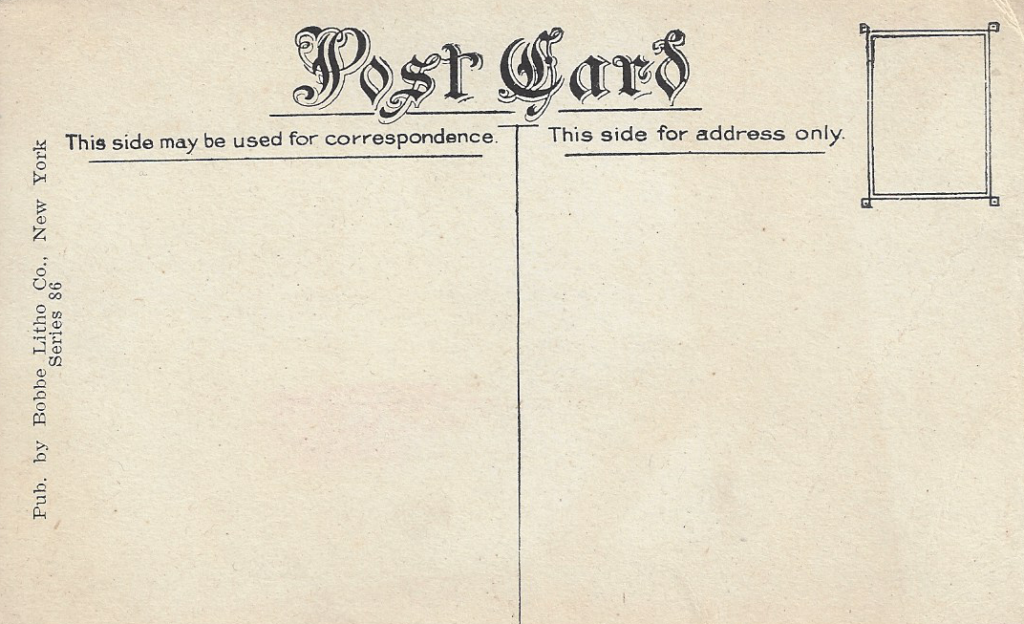
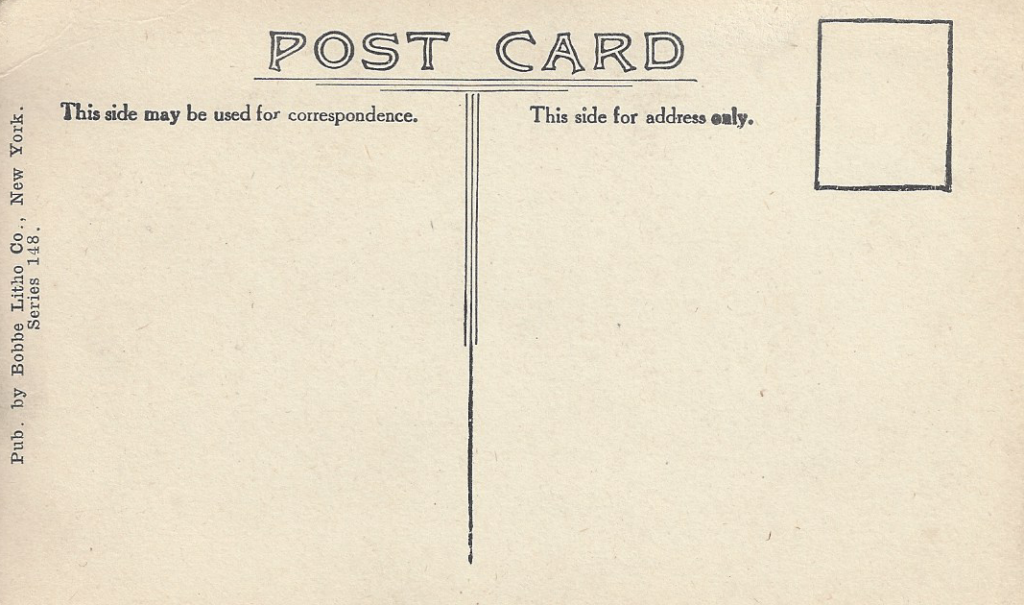
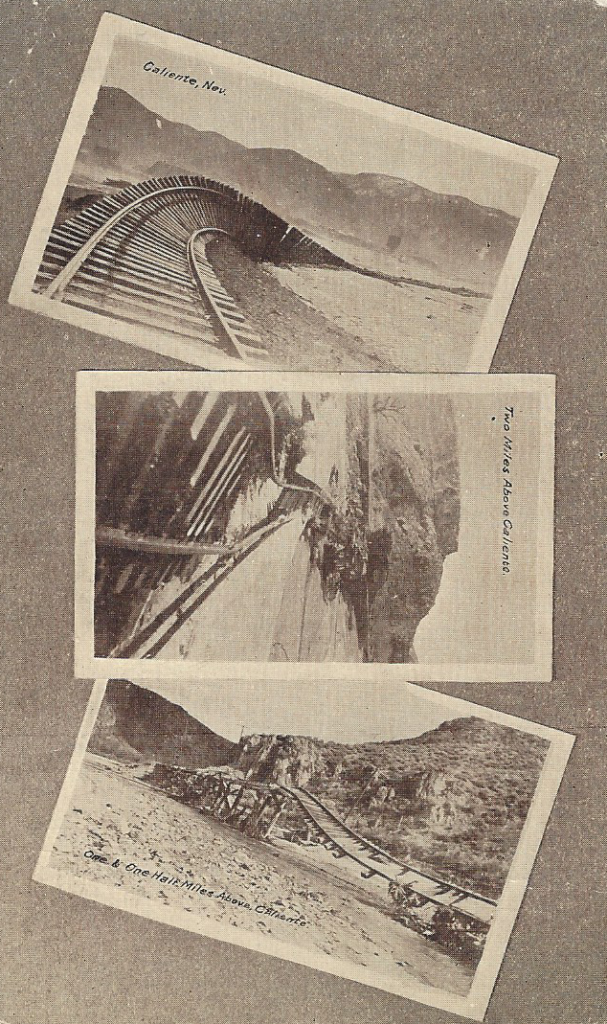
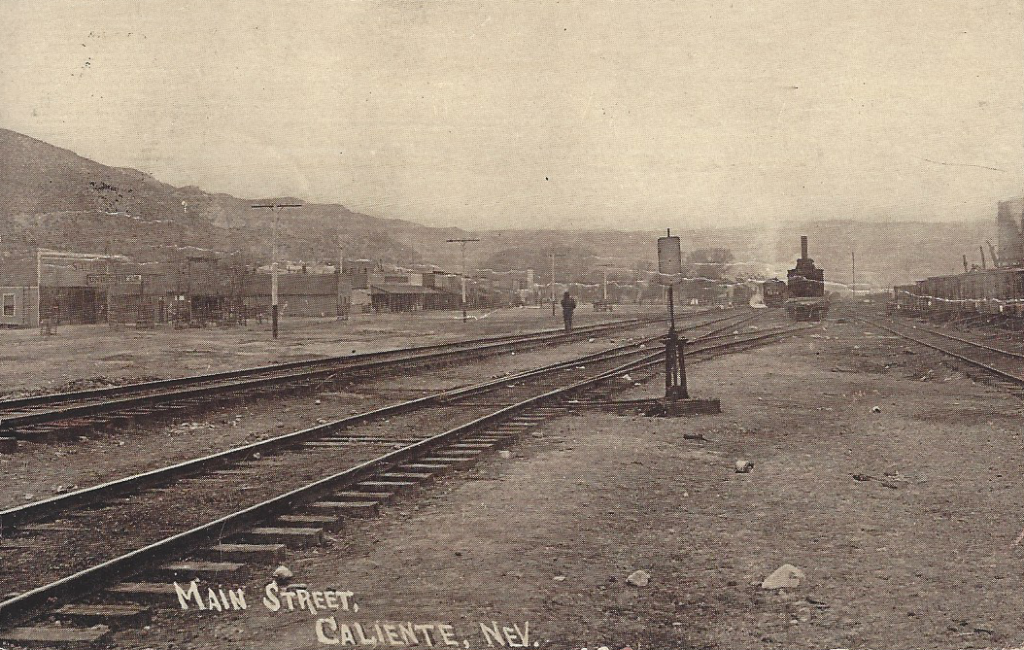
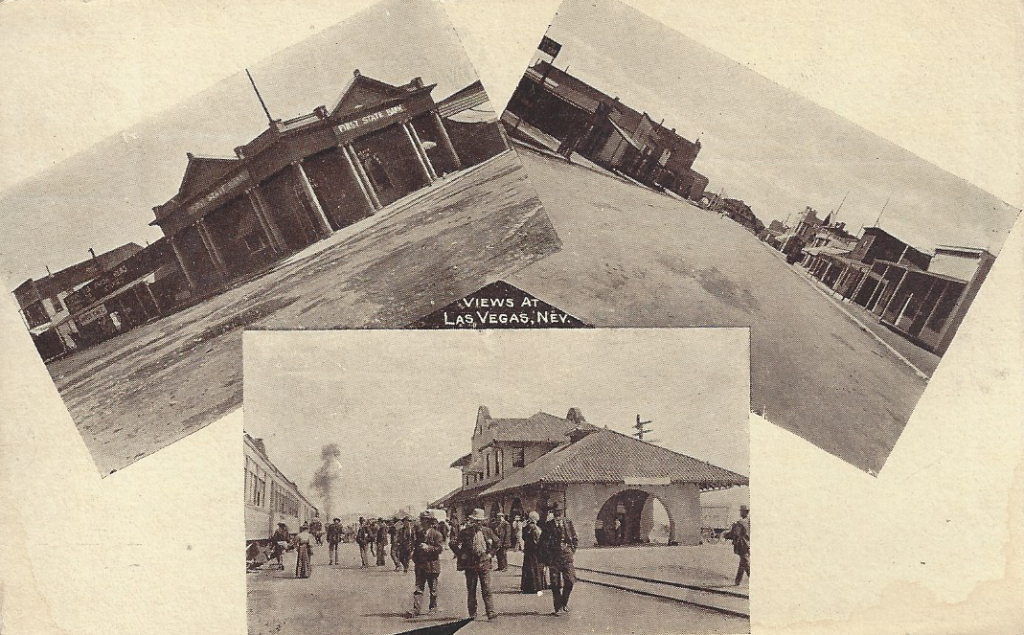
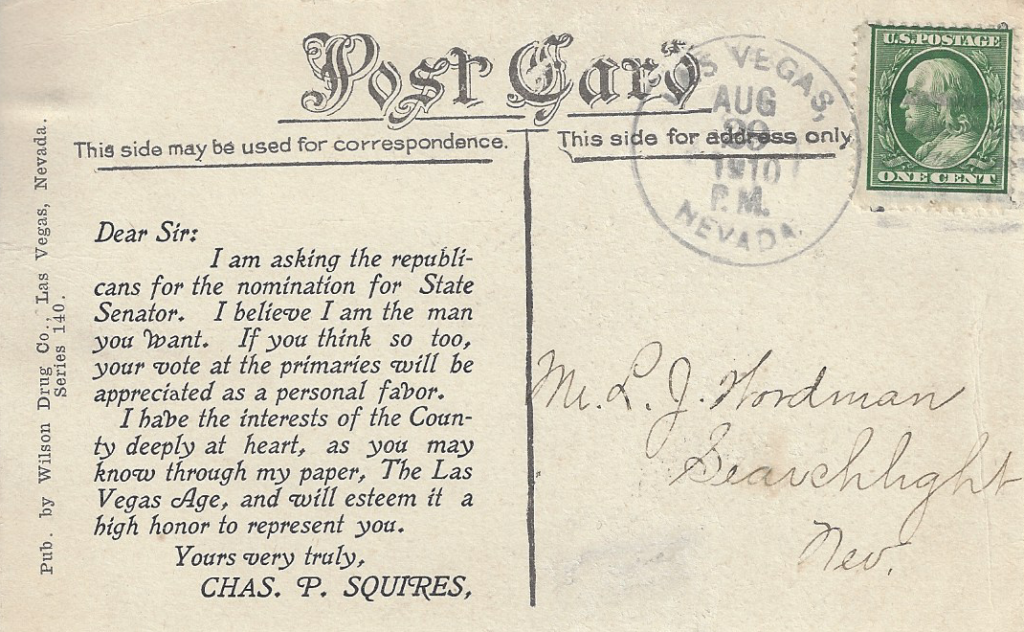
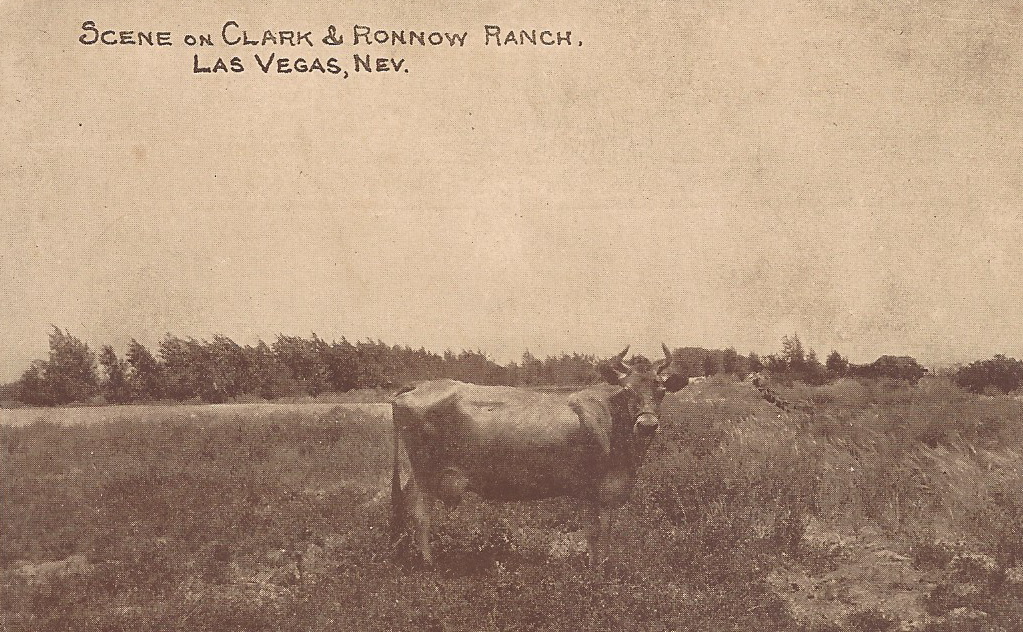

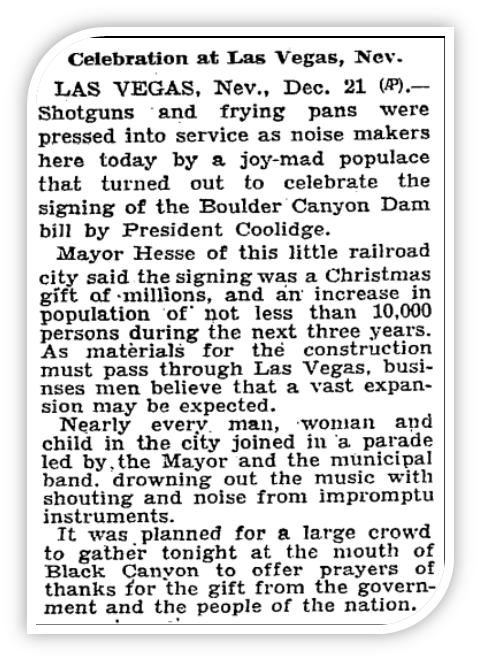
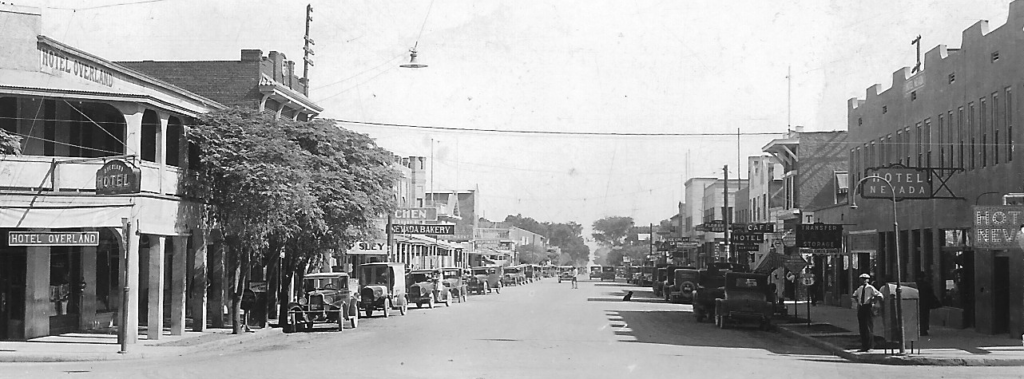
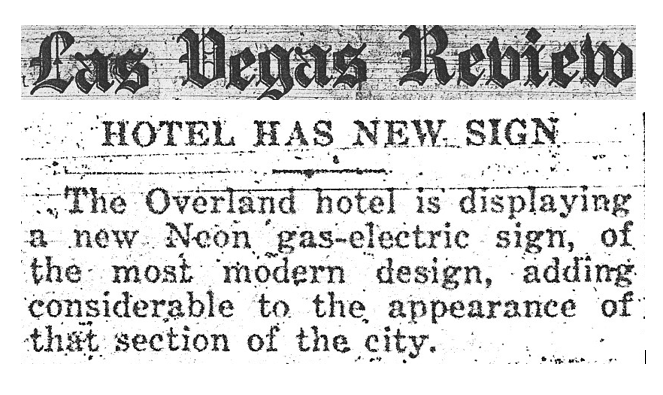
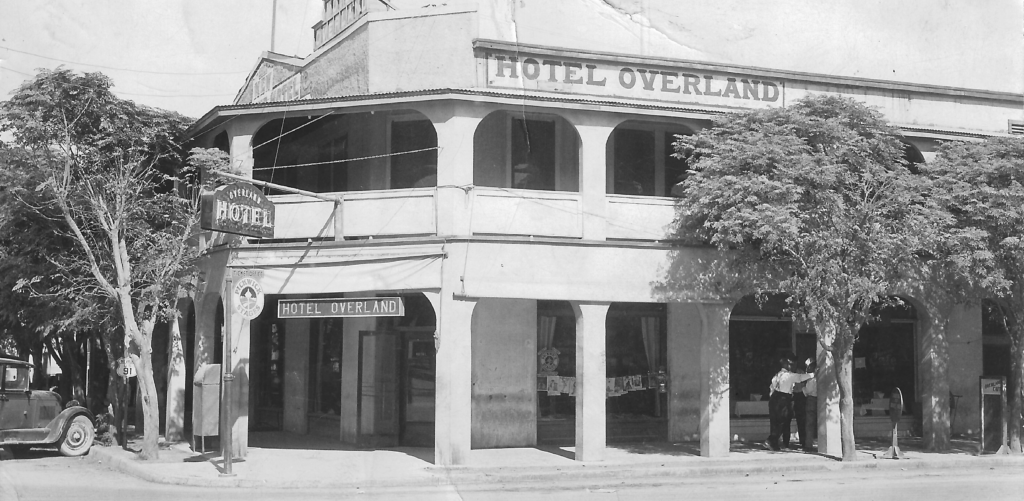
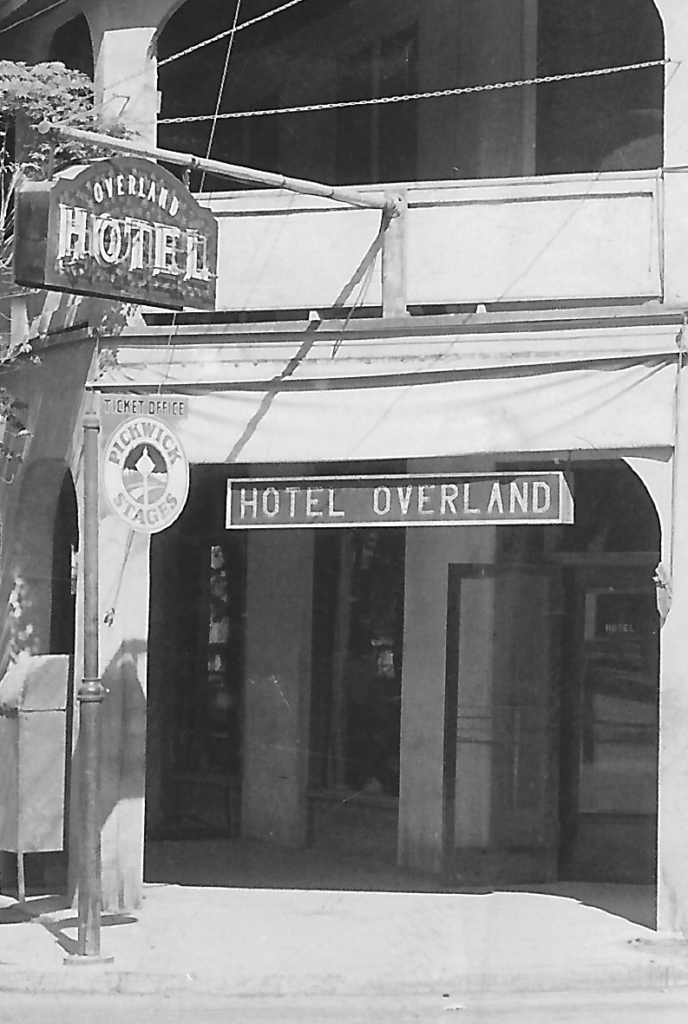
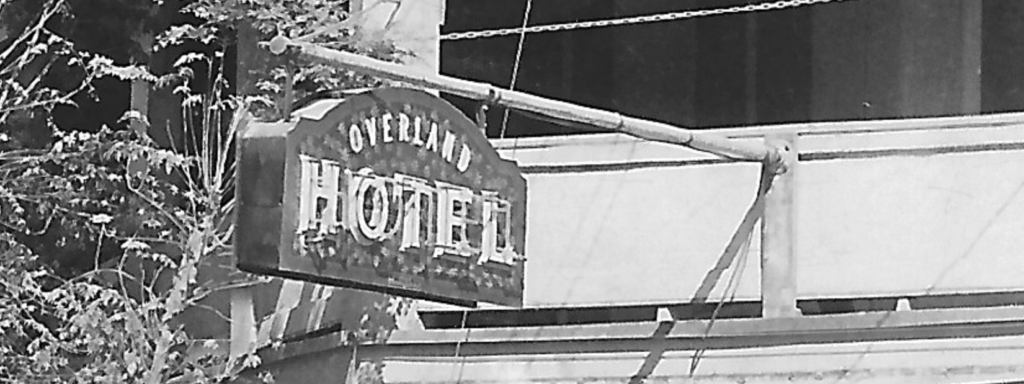
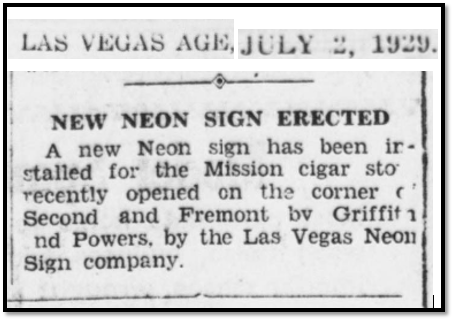
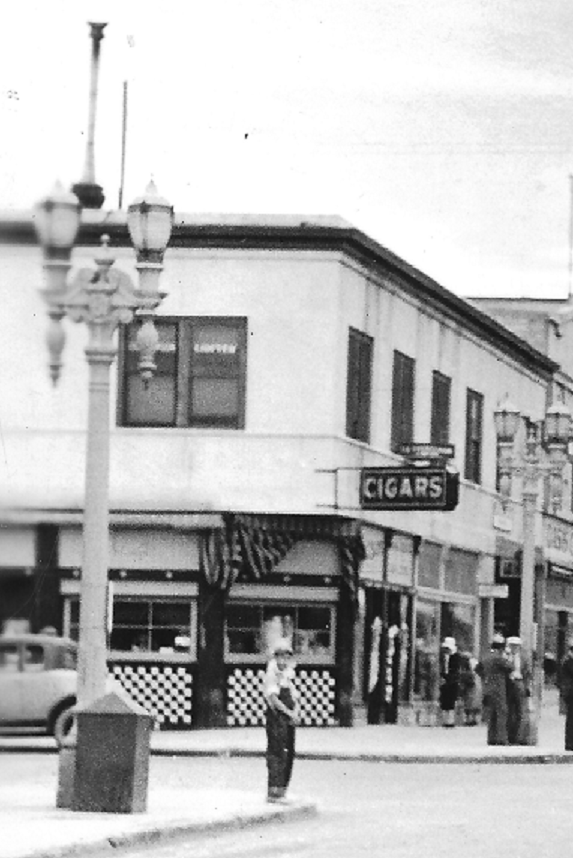
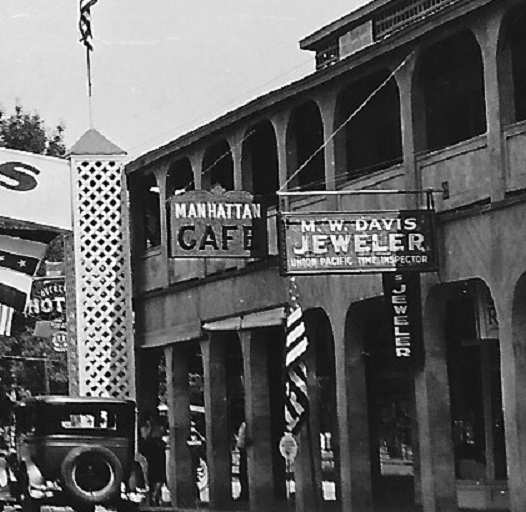
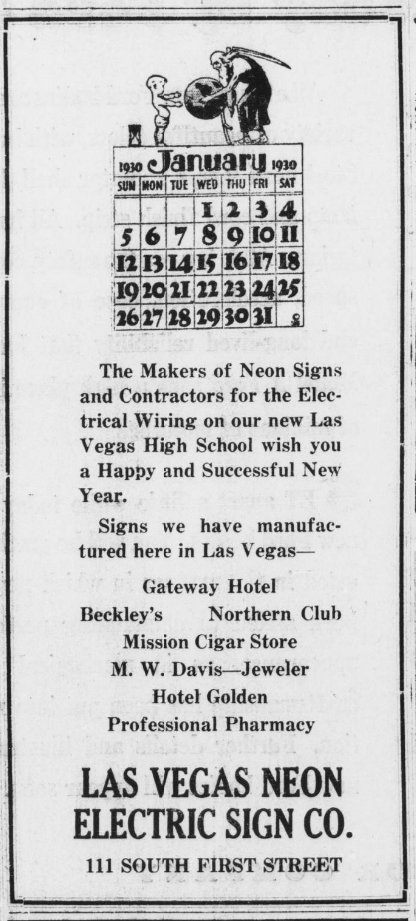

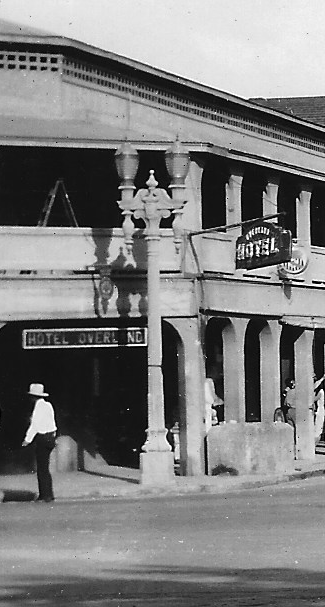
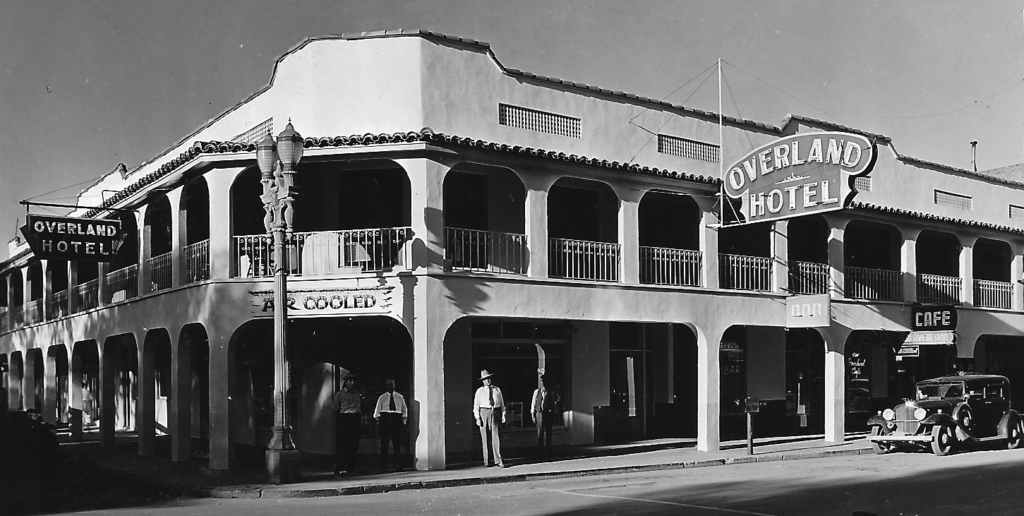

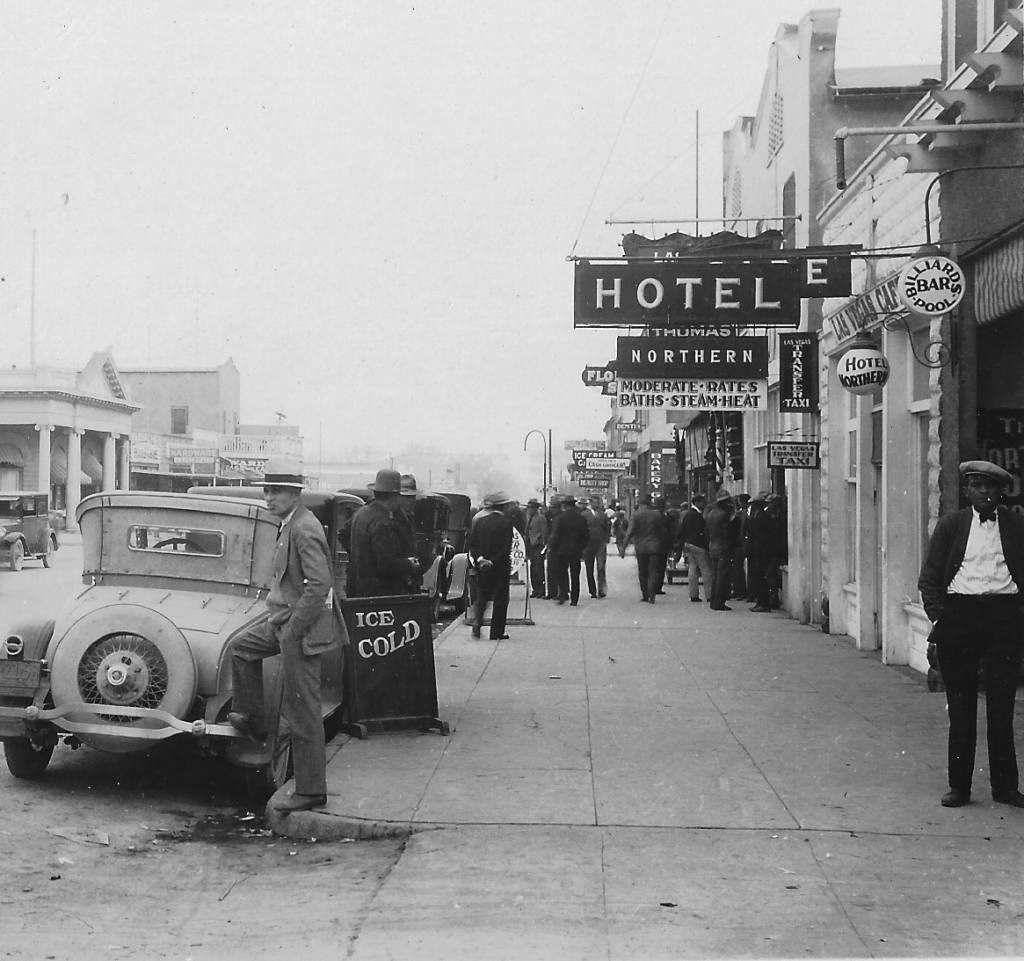
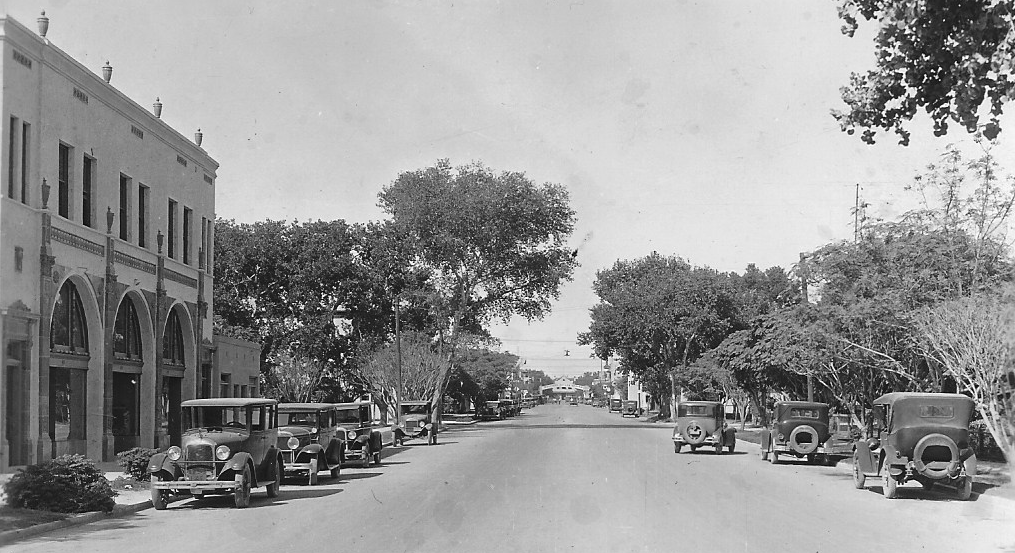
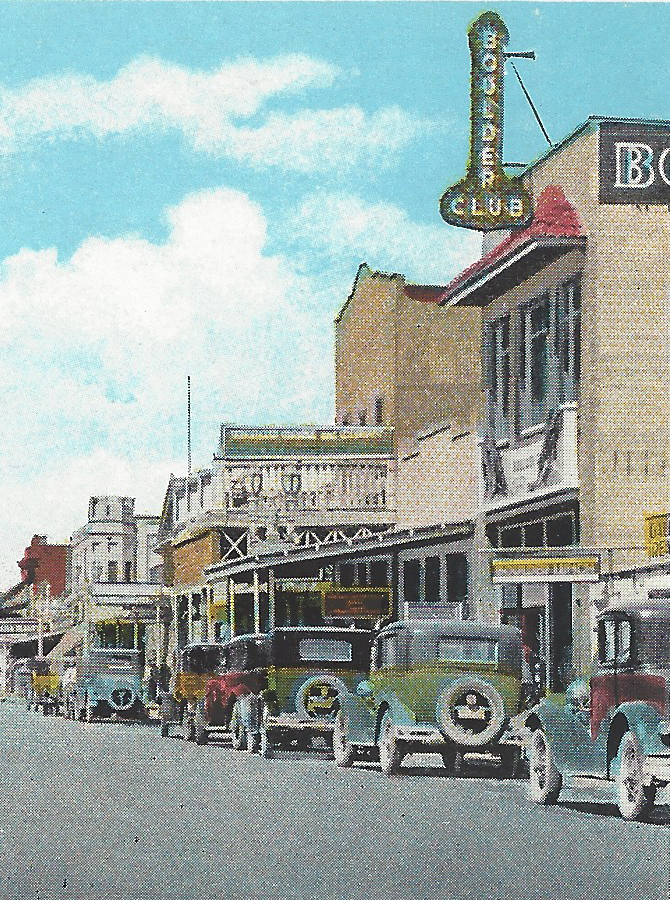
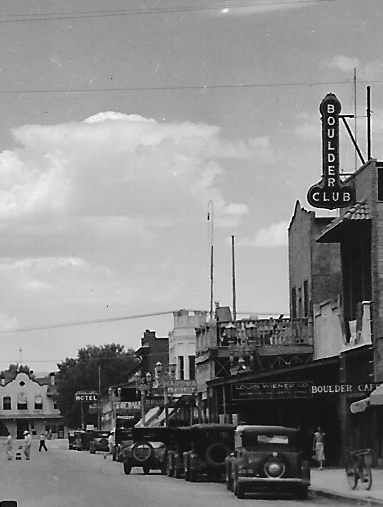
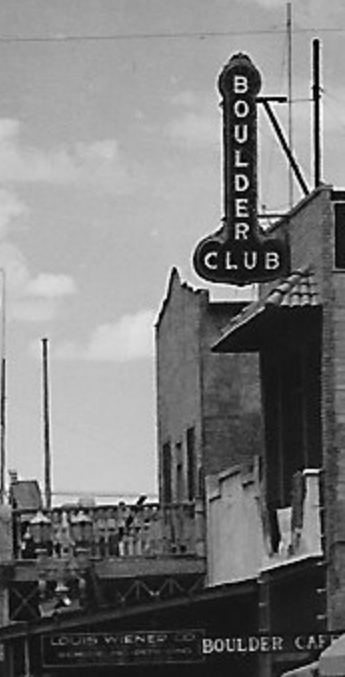
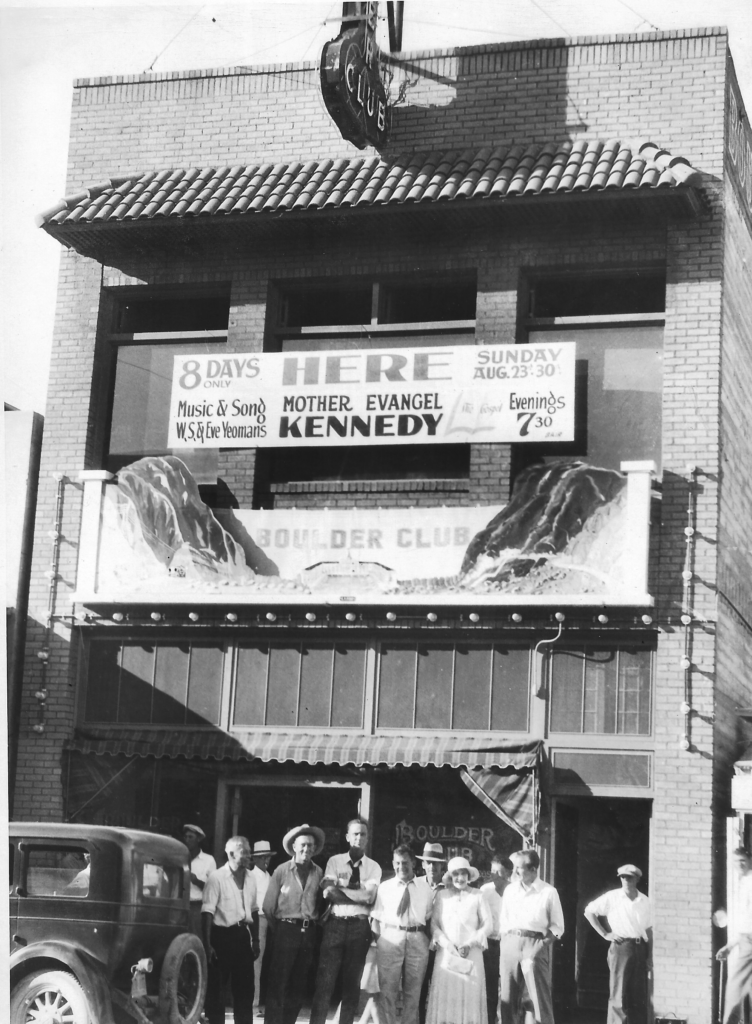
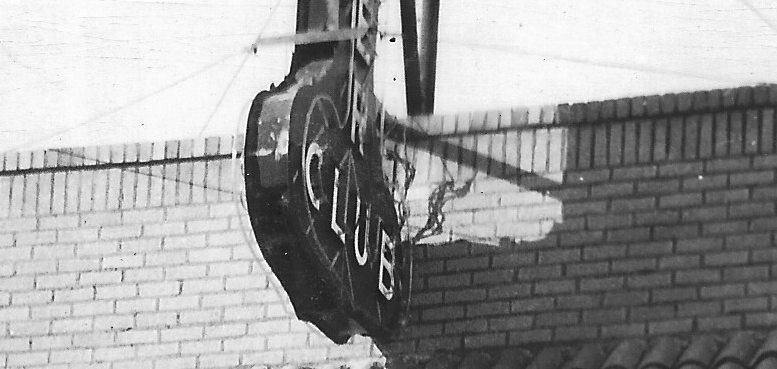 As the Bruce Brothers were assembling and installing the Boulder Club sign, Barrett’s Las Vegas Neon Electric Sign Company had secured a contract from the Northern Club.
As the Bruce Brothers were assembling and installing the Boulder Club sign, Barrett’s Las Vegas Neon Electric Sign Company had secured a contract from the Northern Club.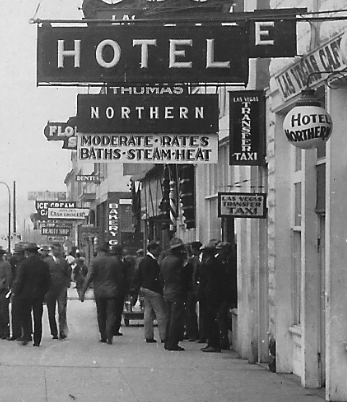
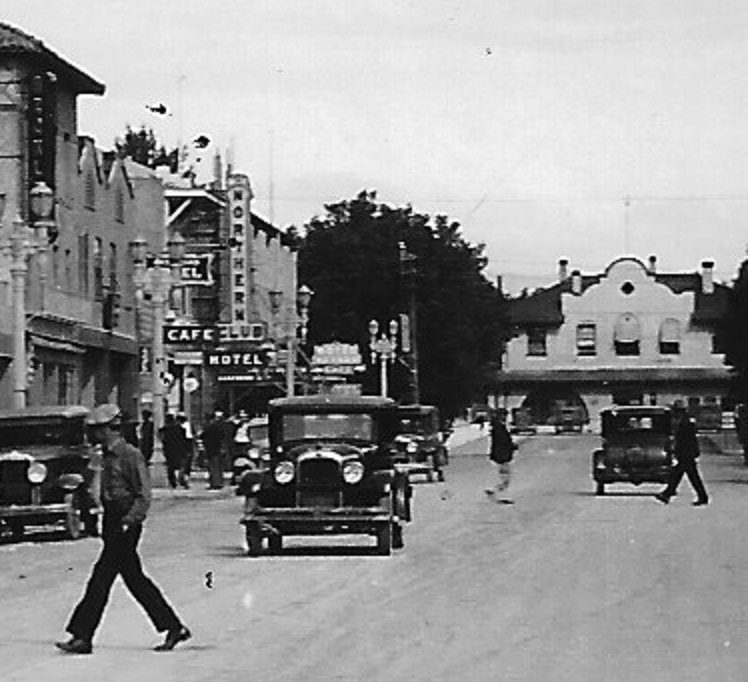
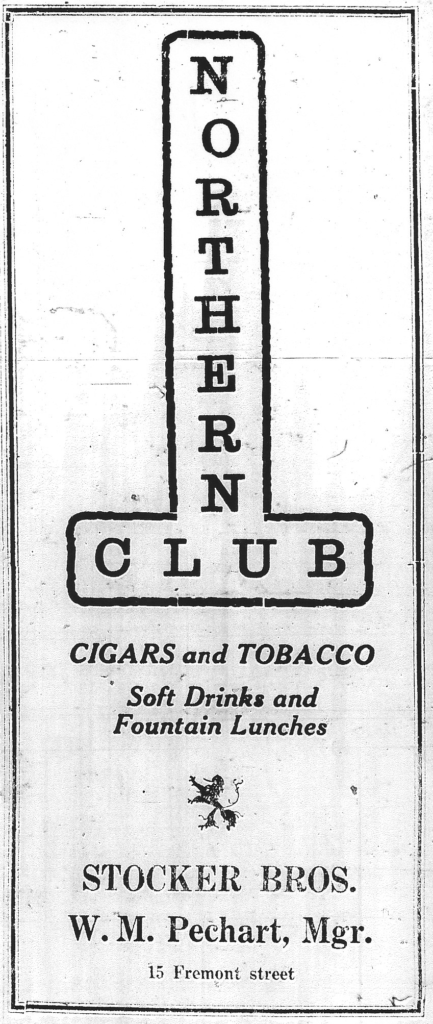
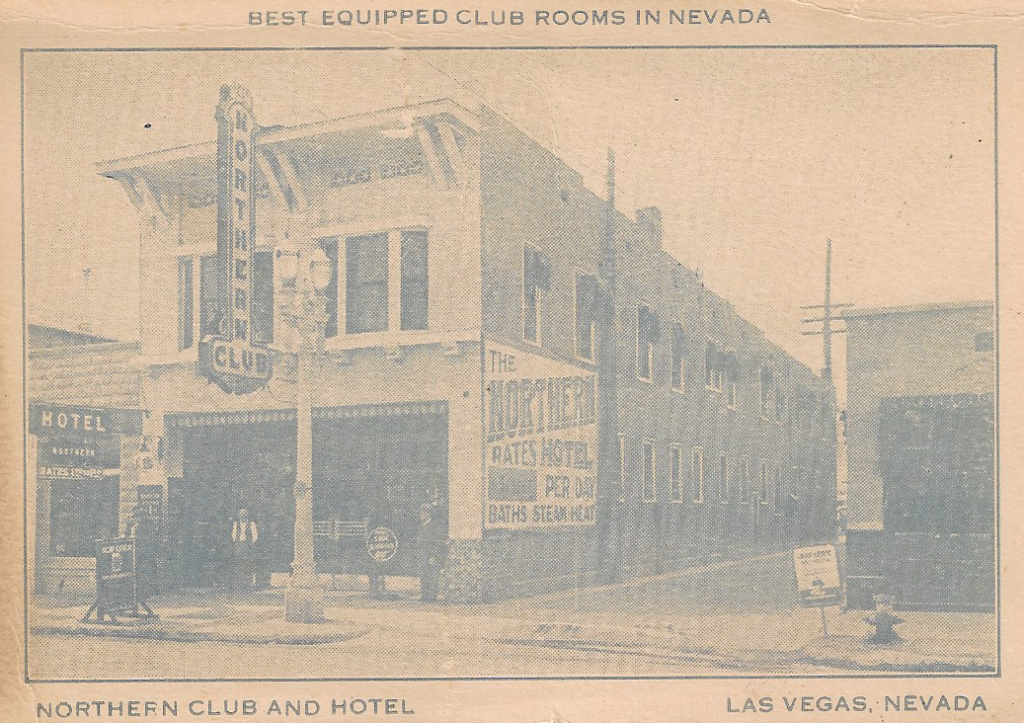
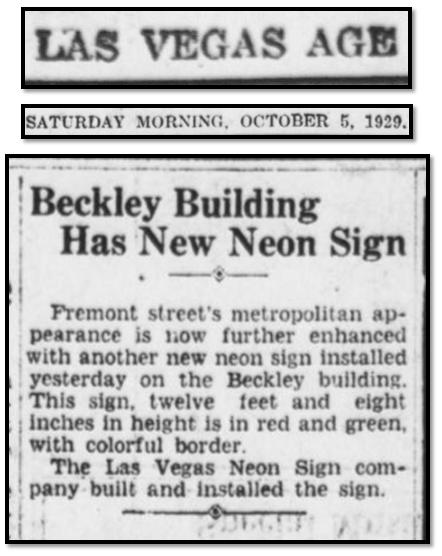
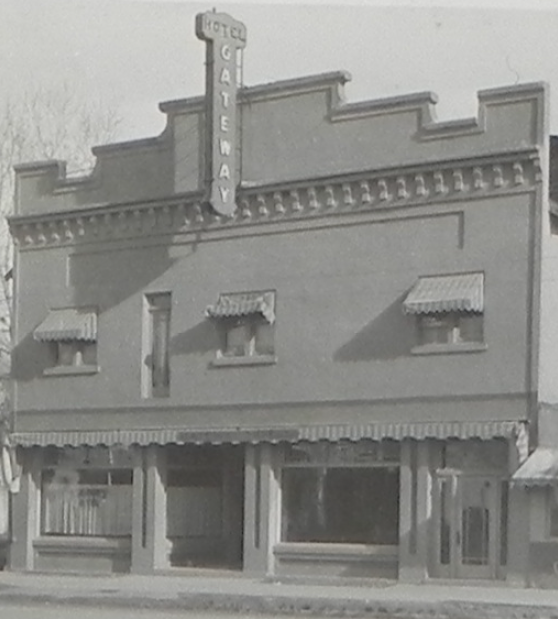


 The pool was visible from the from the intersection Main and Bonanza Streets, which was also where two U.S. Highways, U.S. 91 and 95 connected. A popular place for locals. As a child, U.S. Senator Richard Bryan learned to swim in this pool.
The pool was visible from the from the intersection Main and Bonanza Streets, which was also where two U.S. Highways, U.S. 91 and 95 connected. A popular place for locals. As a child, U.S. Senator Richard Bryan learned to swim in this pool.





 He billed himself as “known from coast to coast” and “your host from coast to coast.”
He billed himself as “known from coast to coast” and “your host from coast to coast.”




